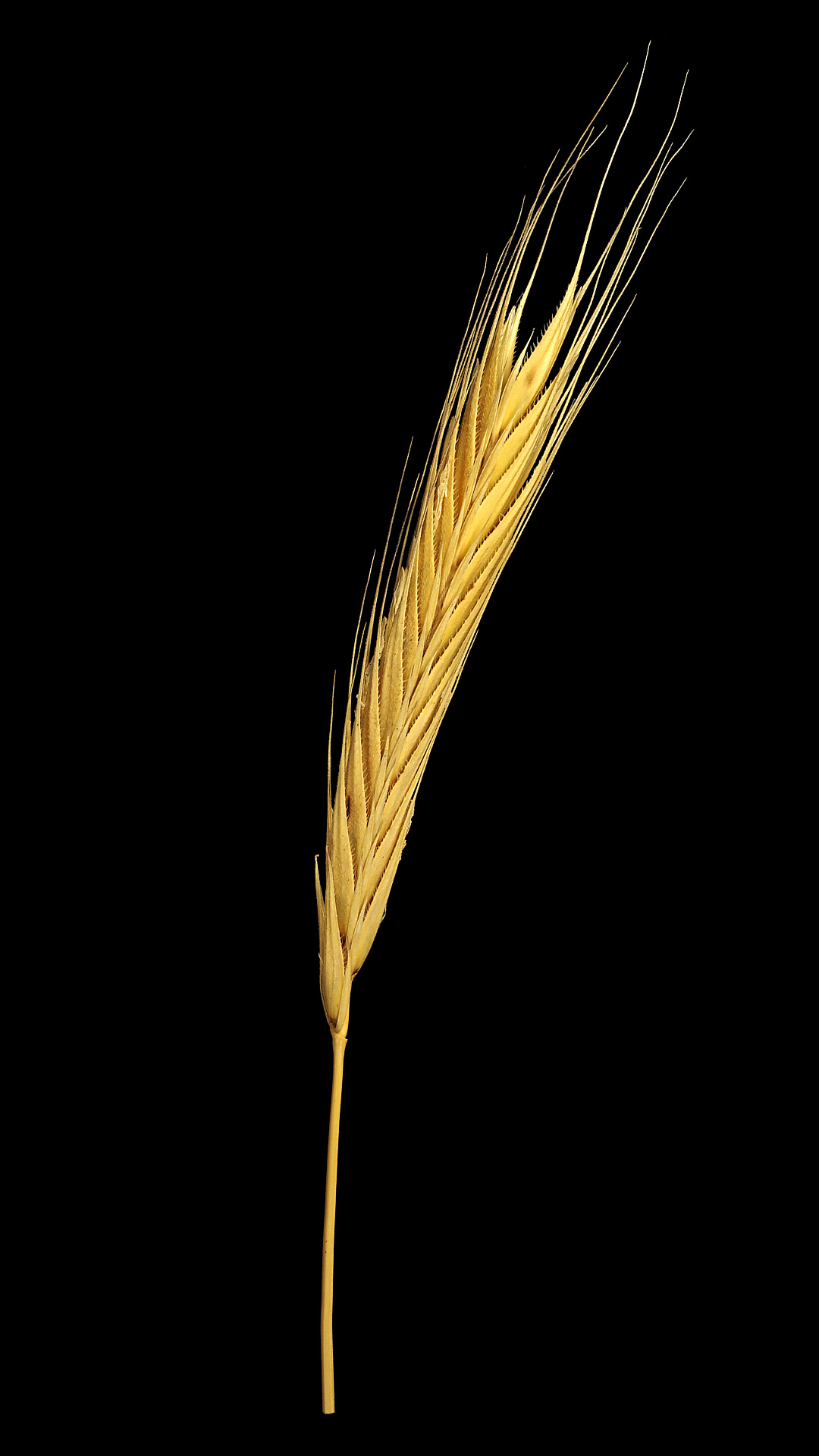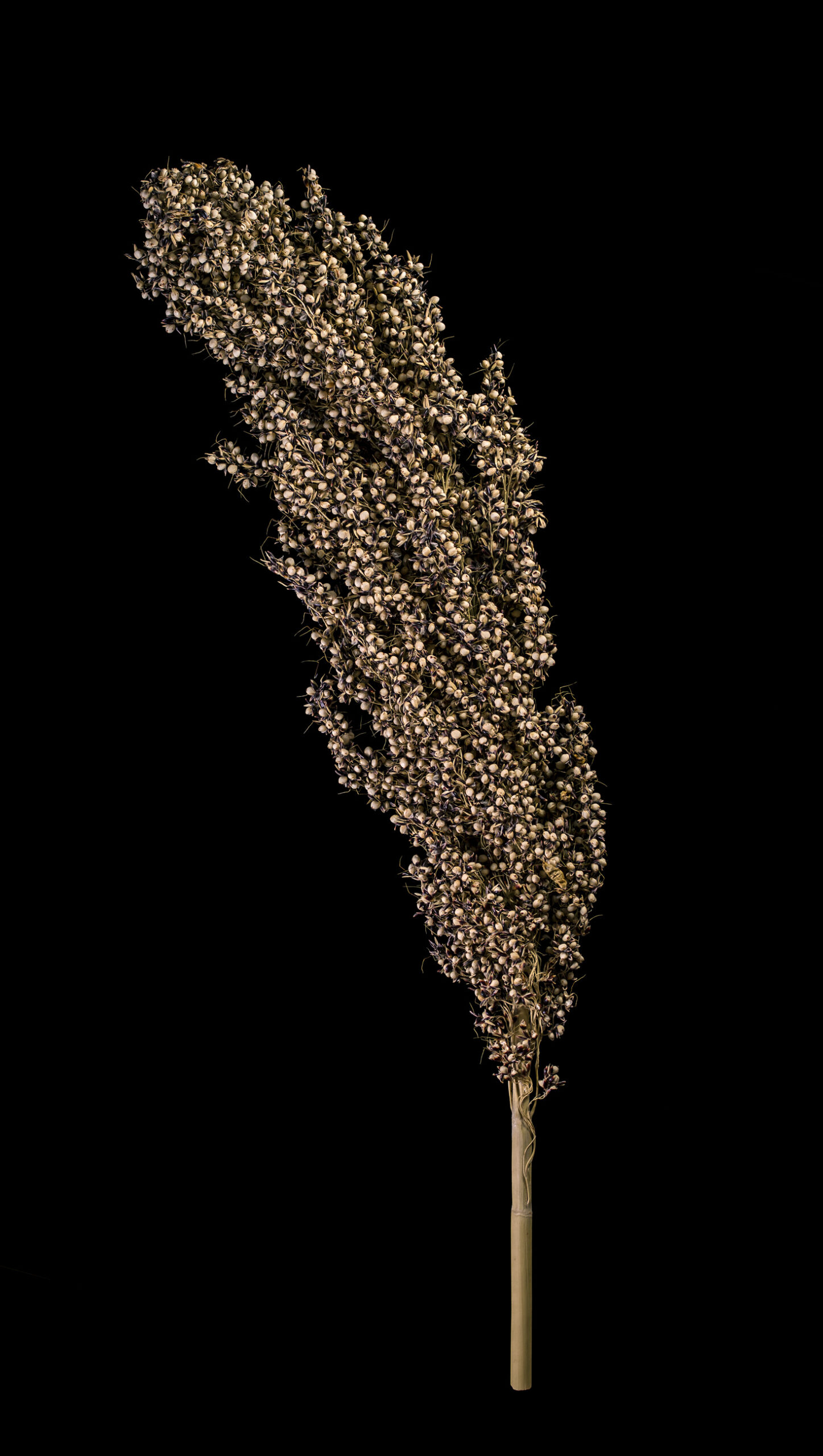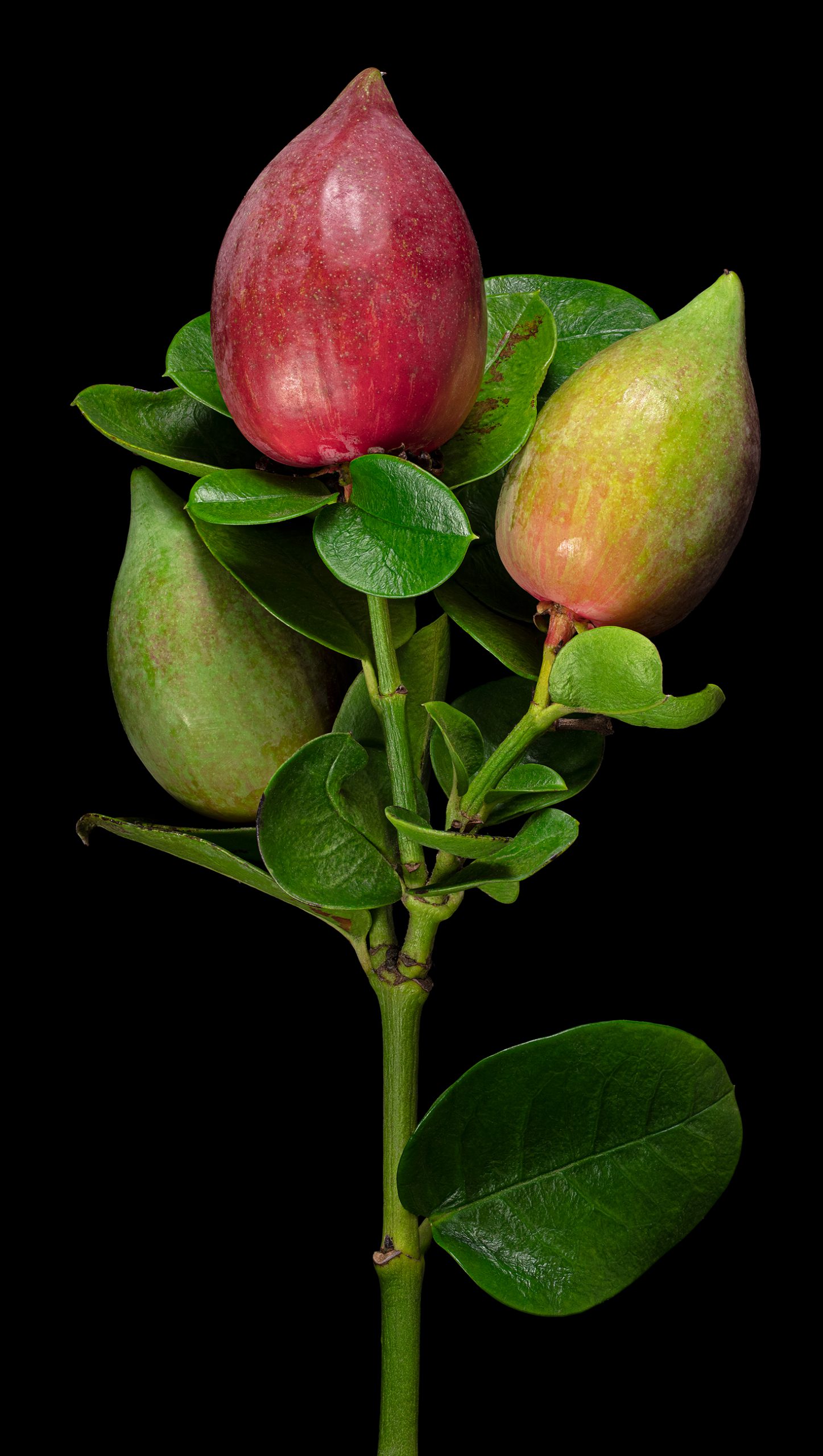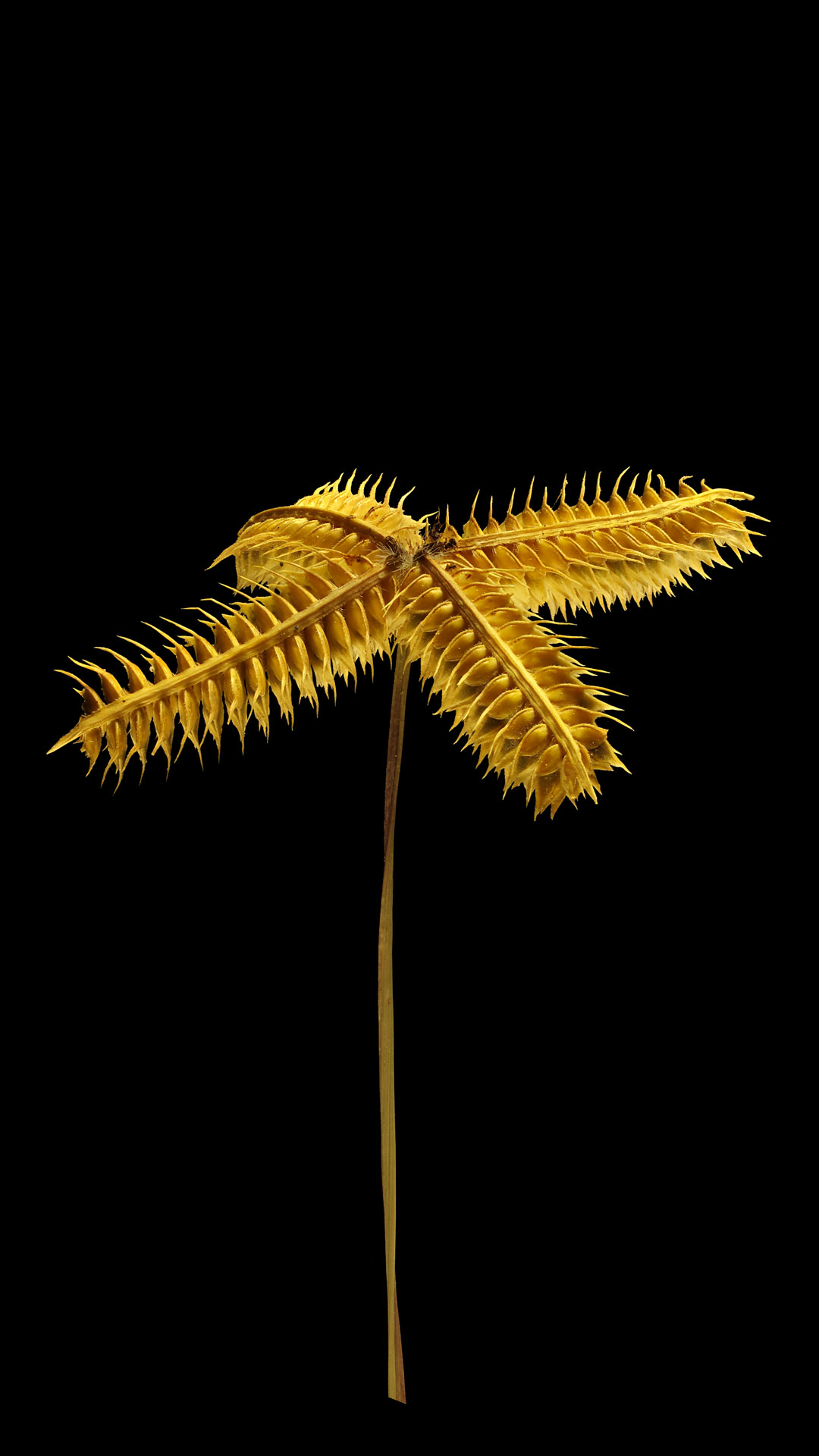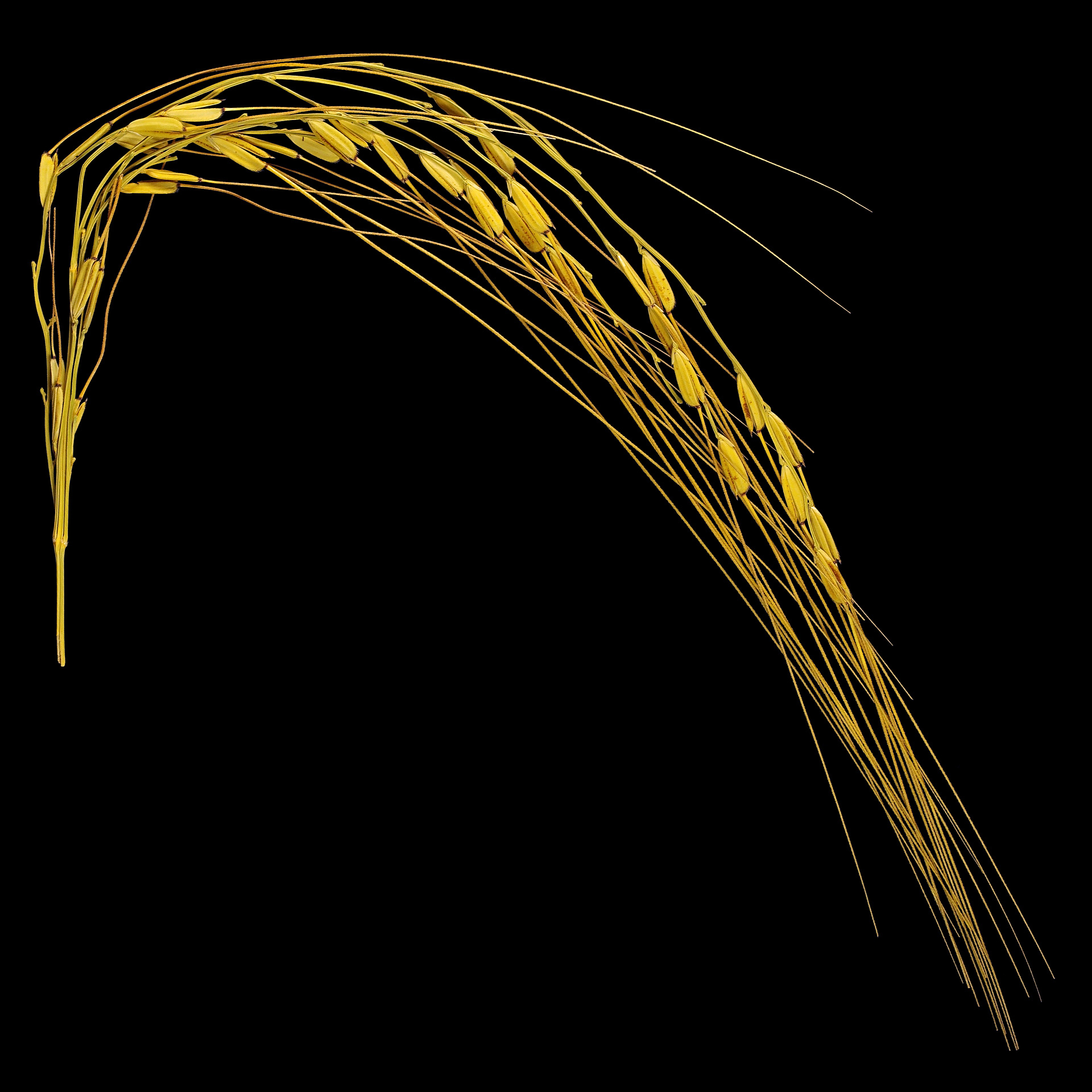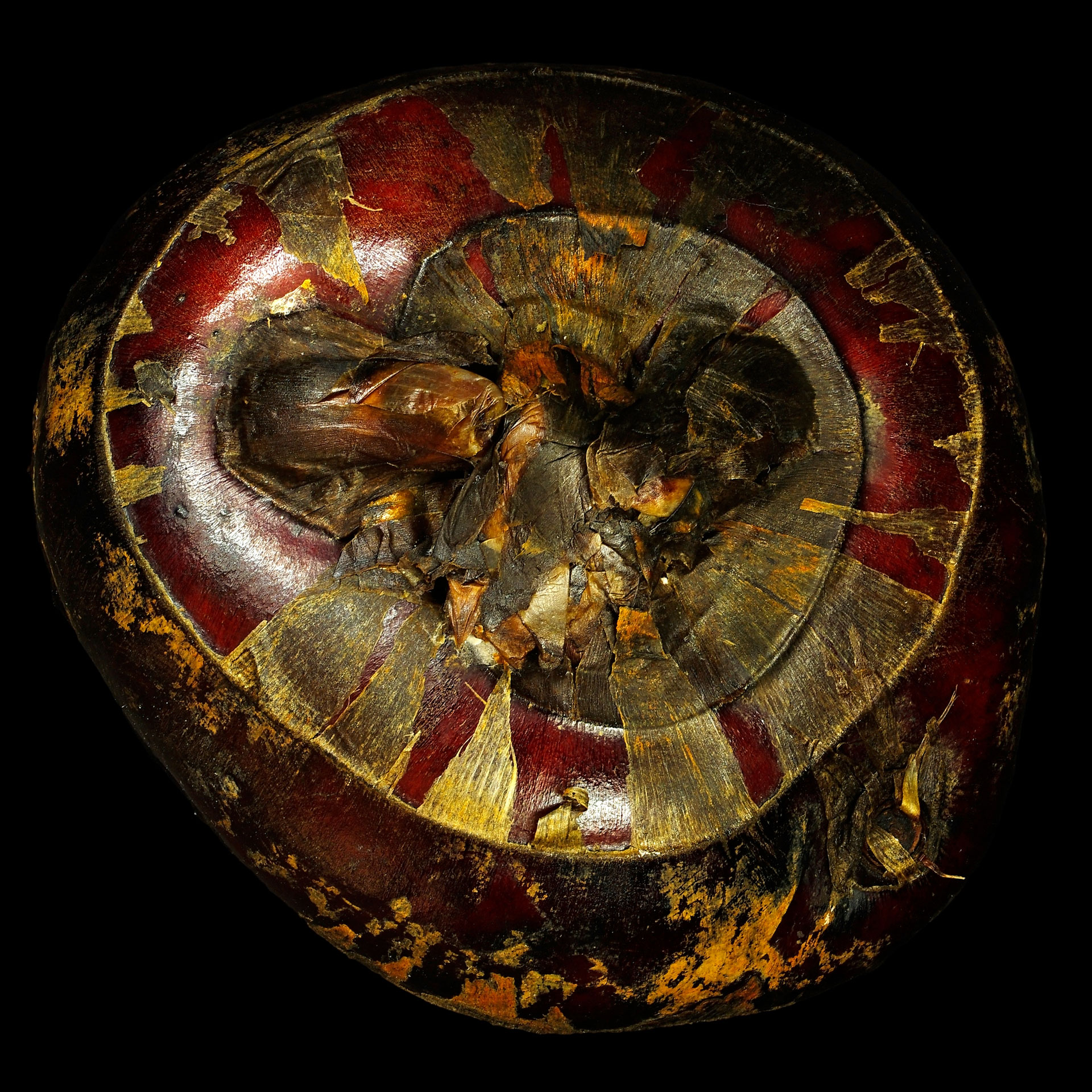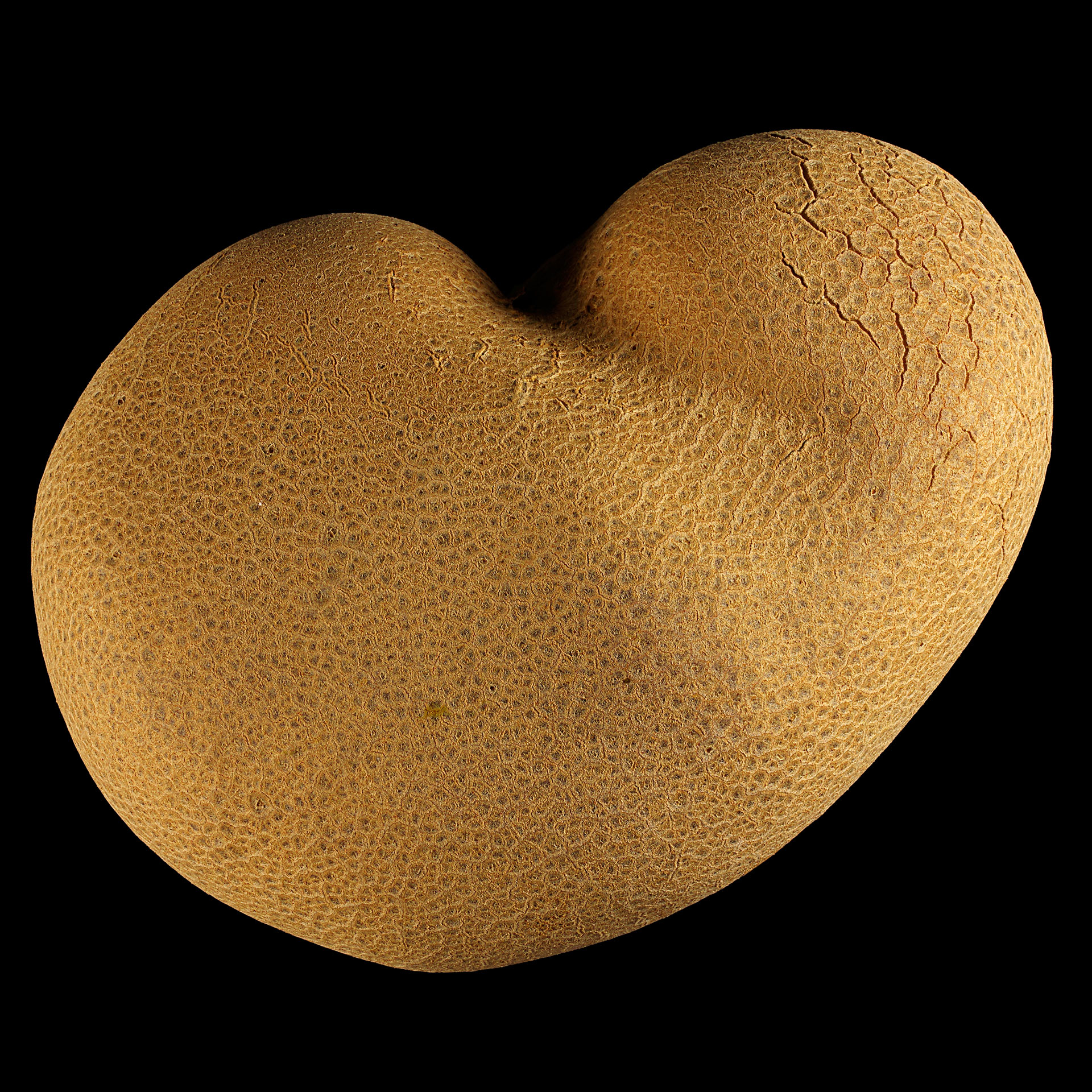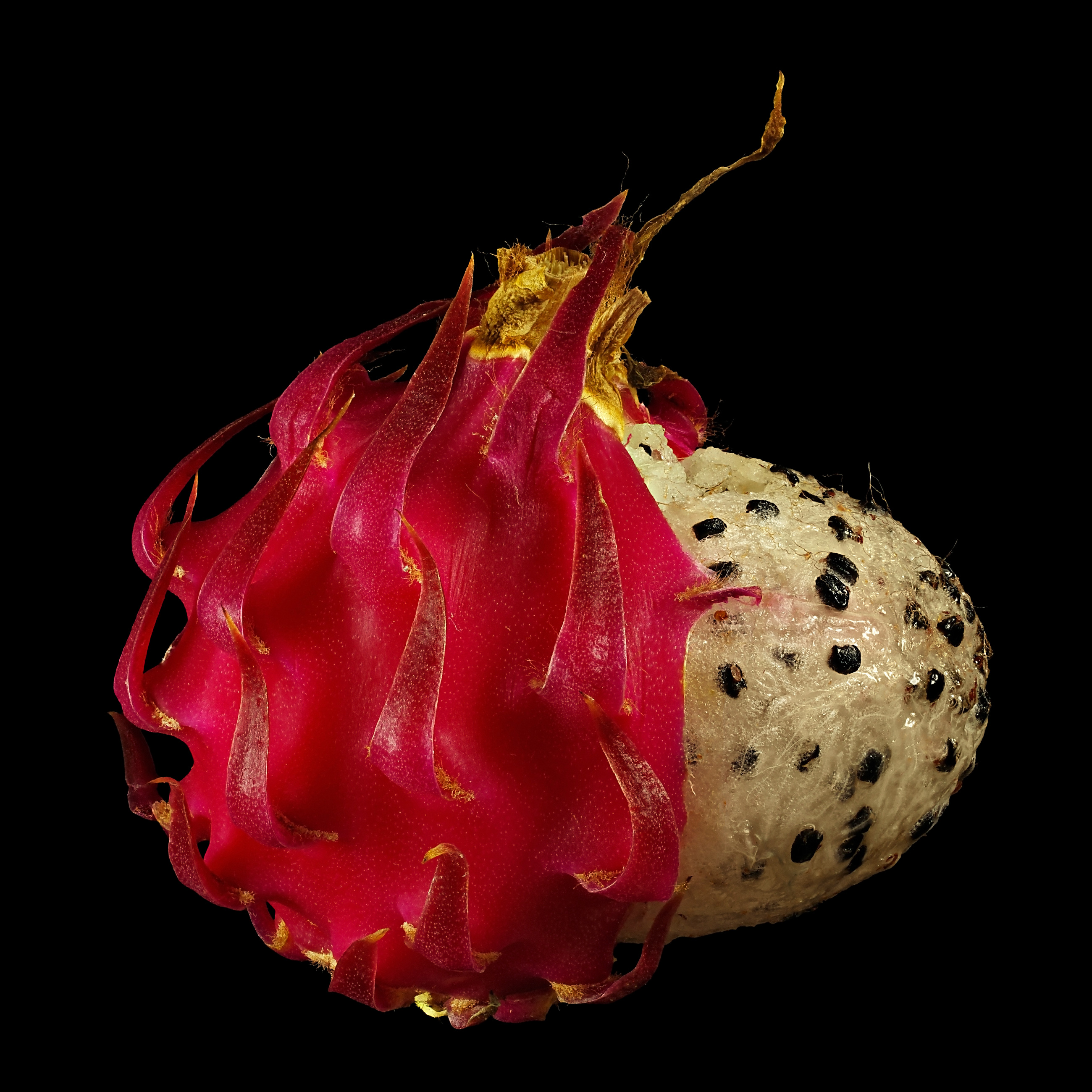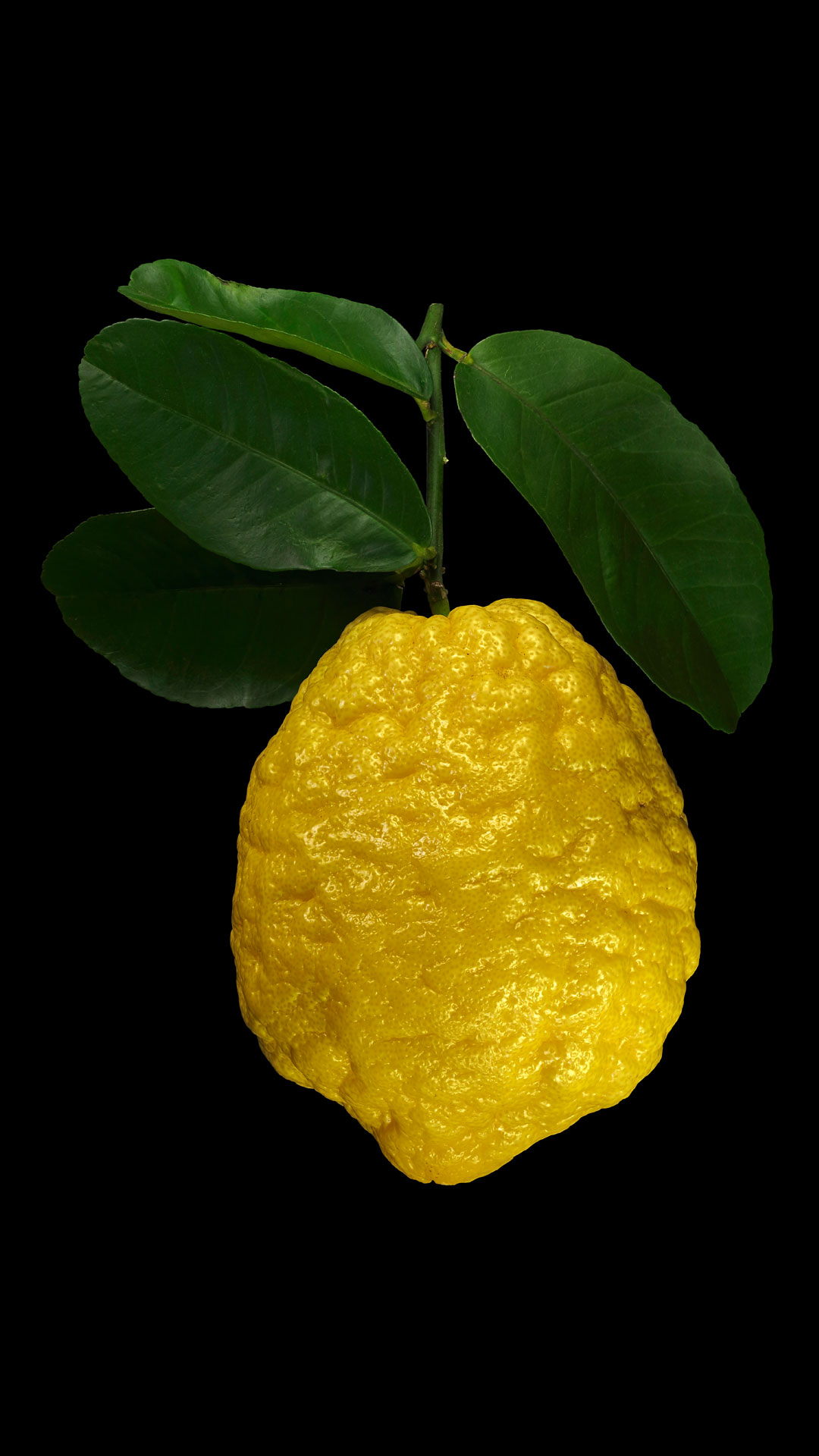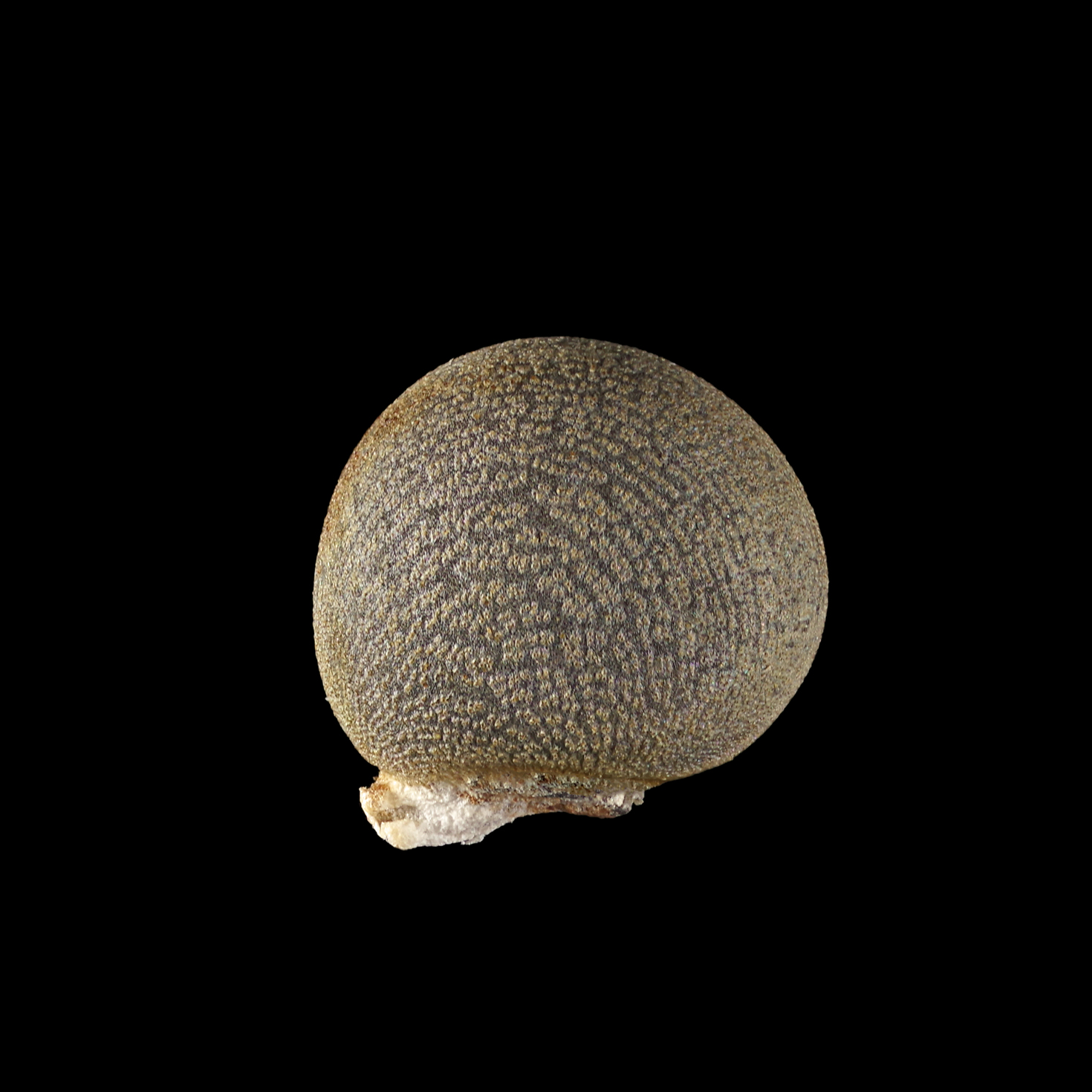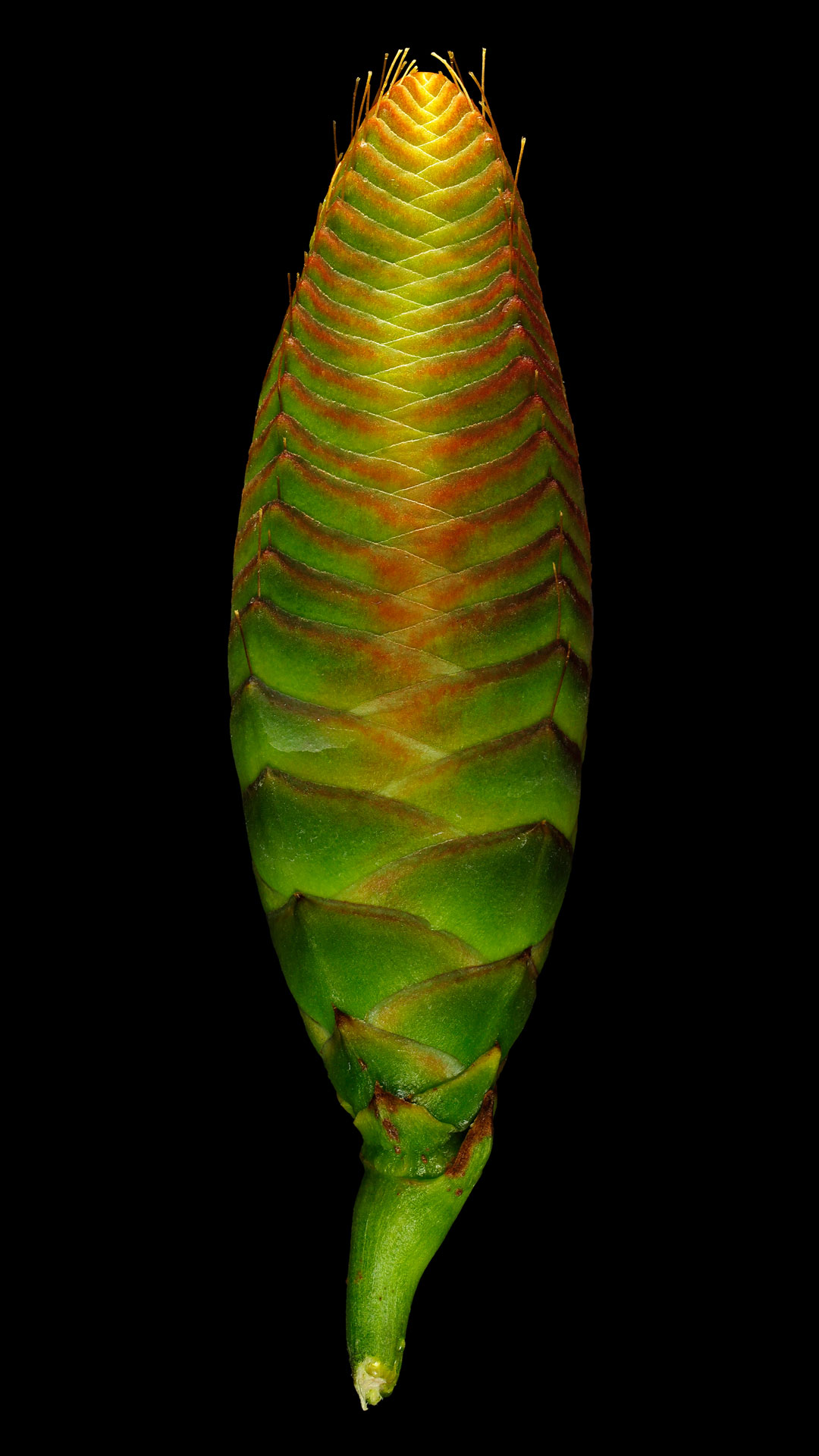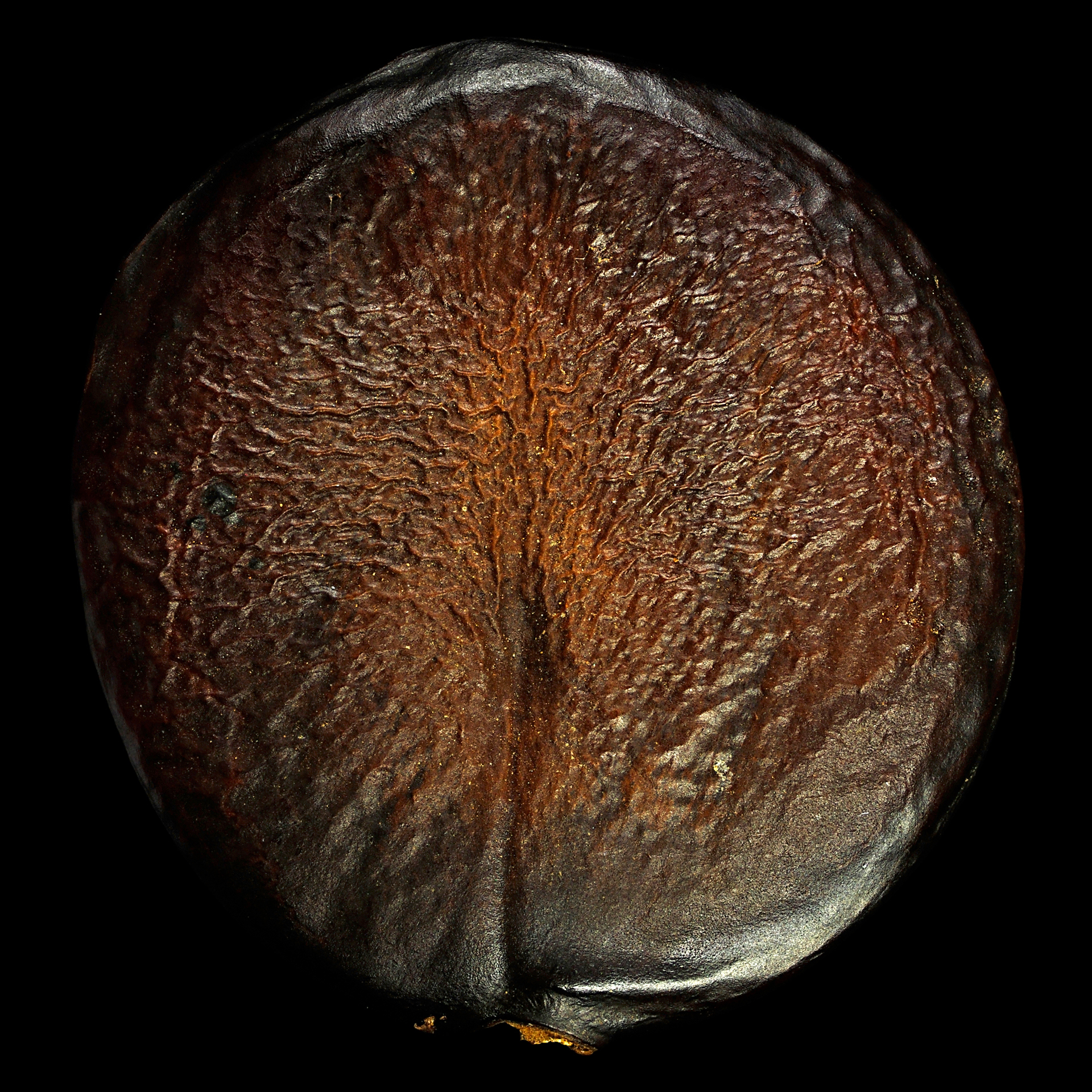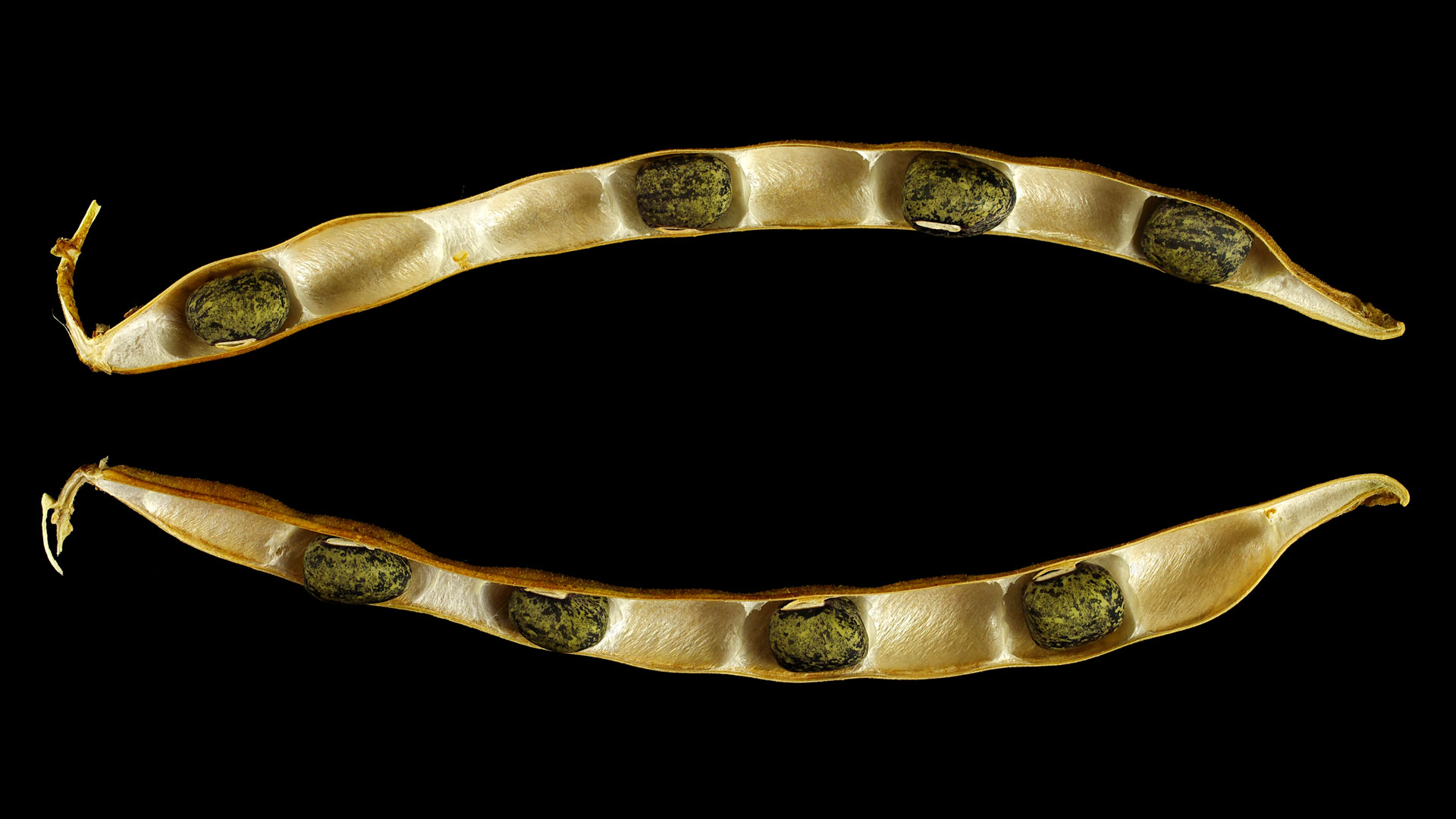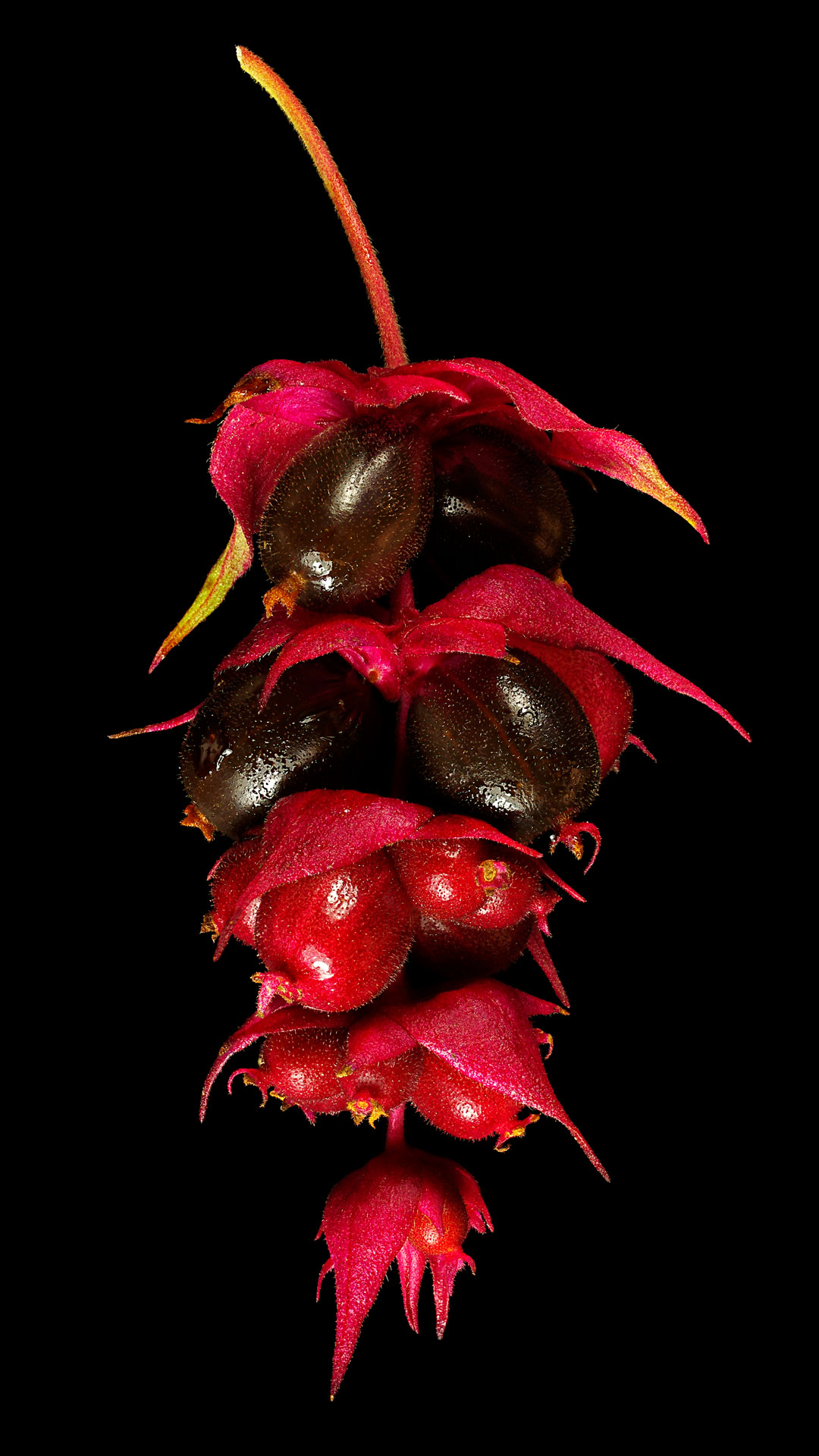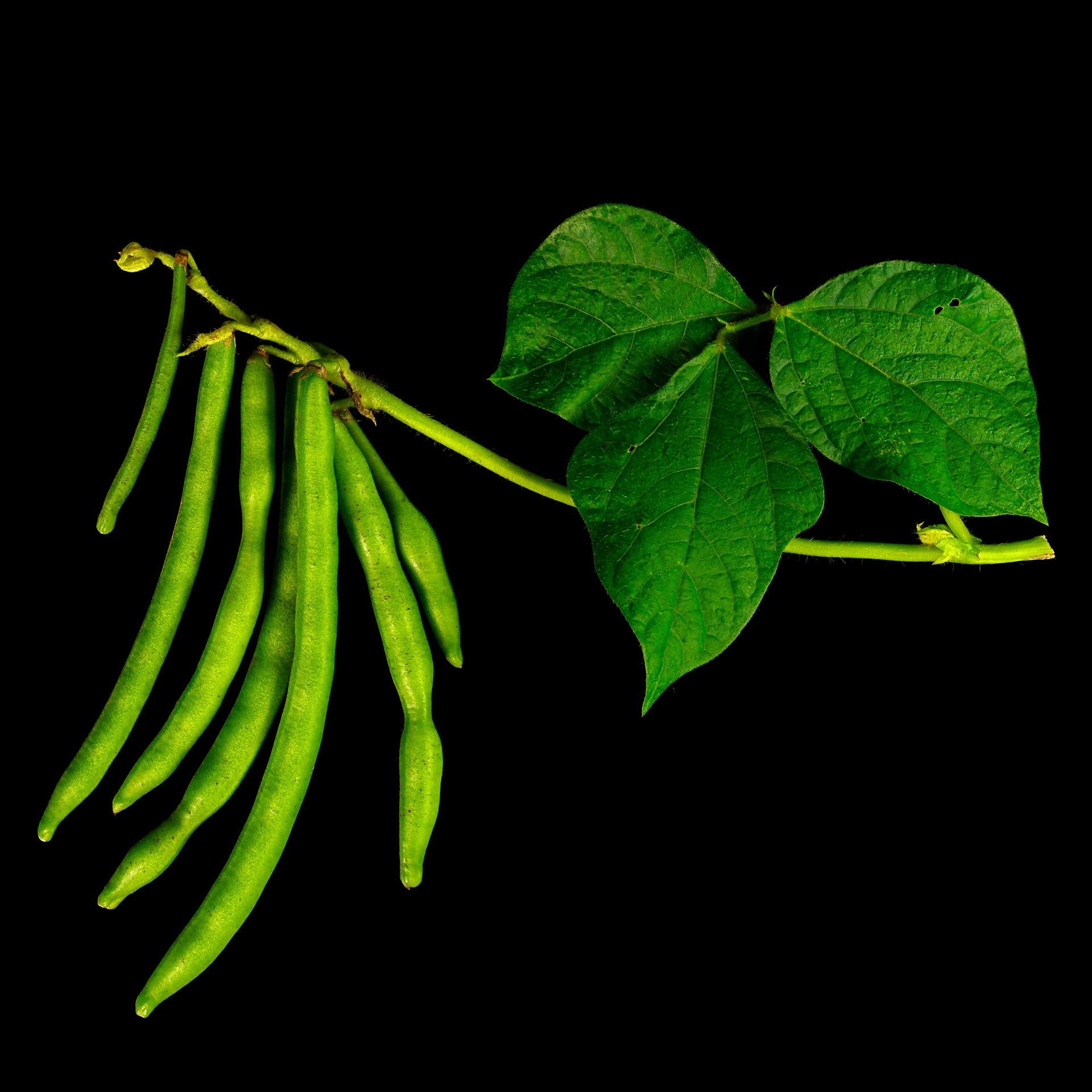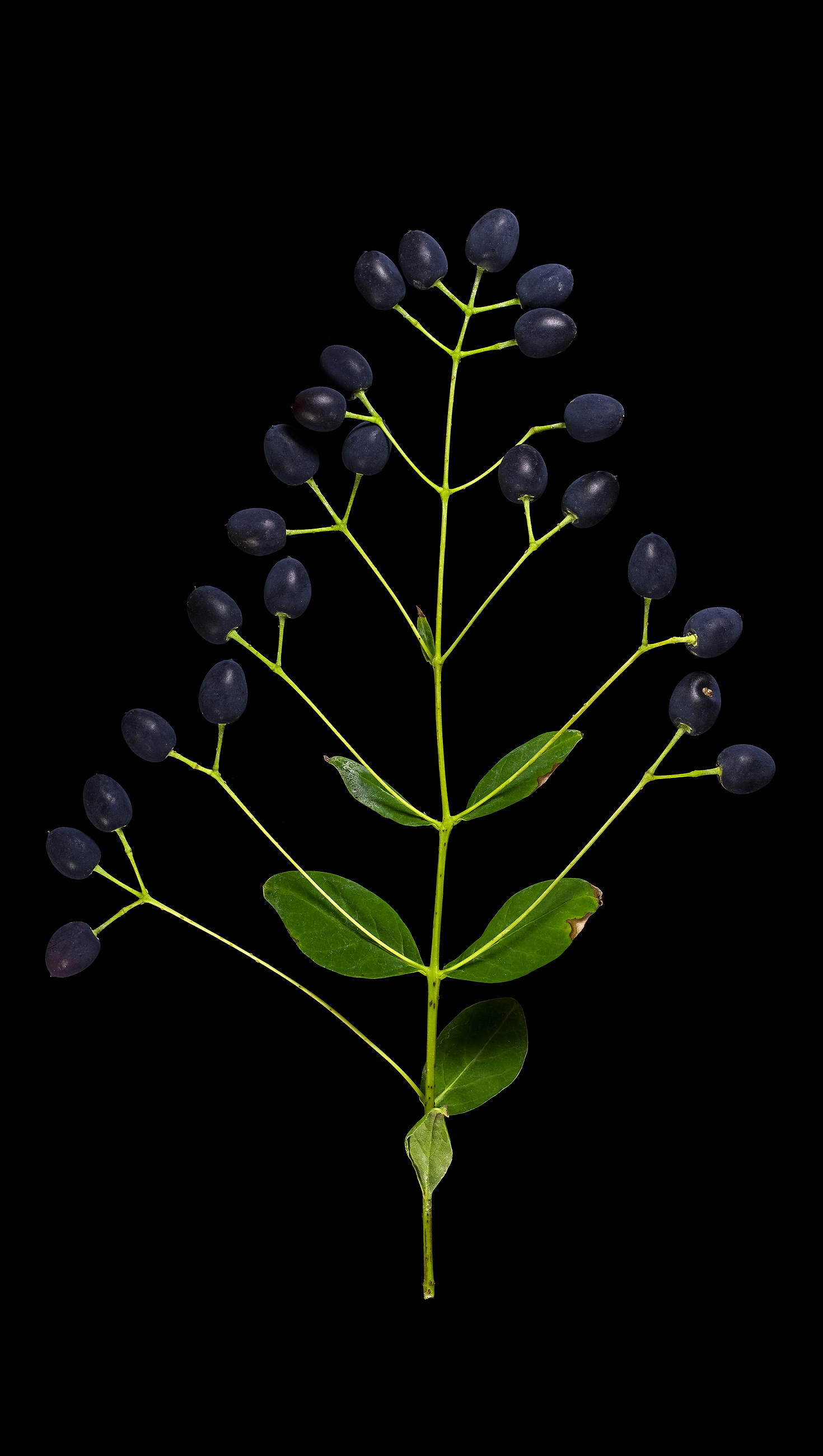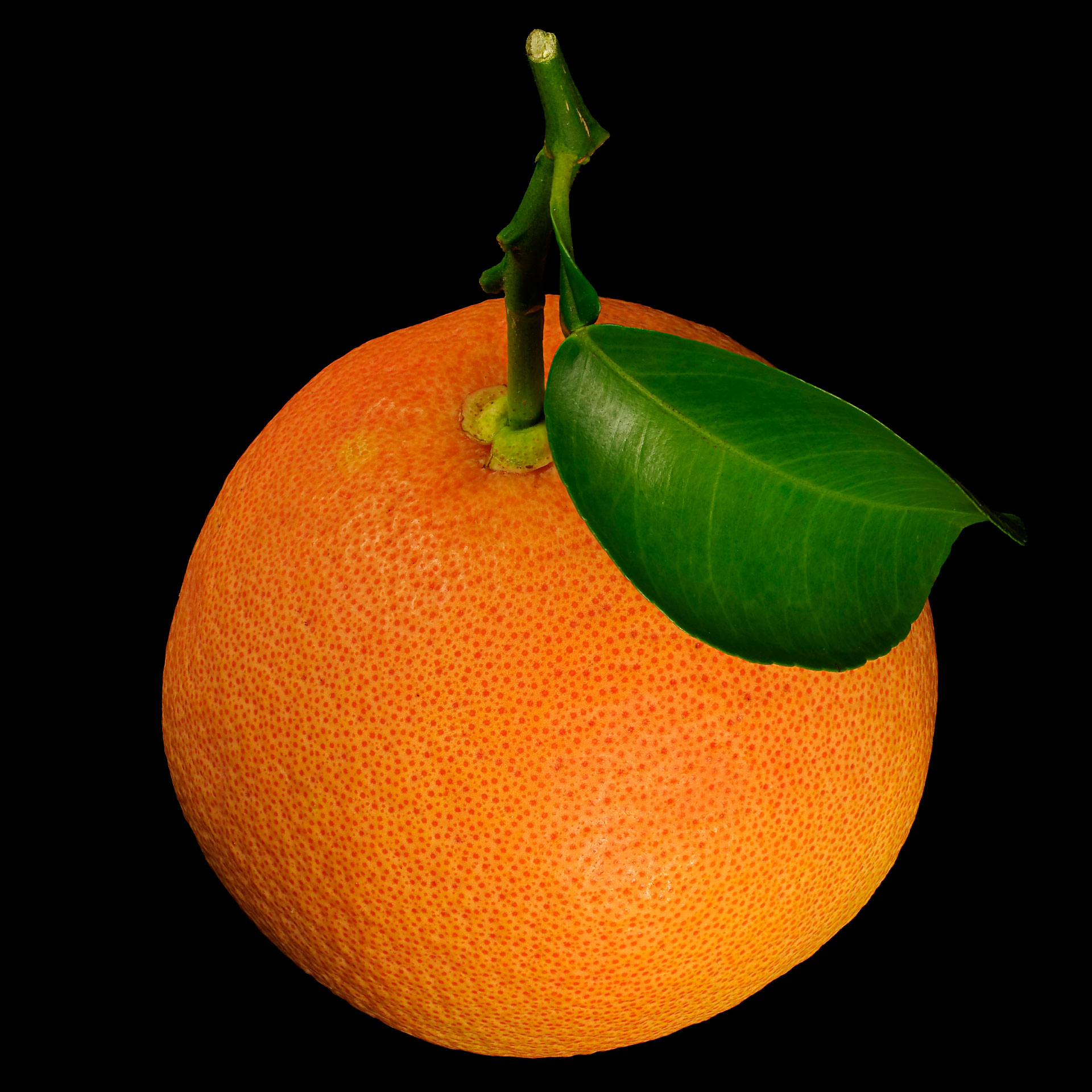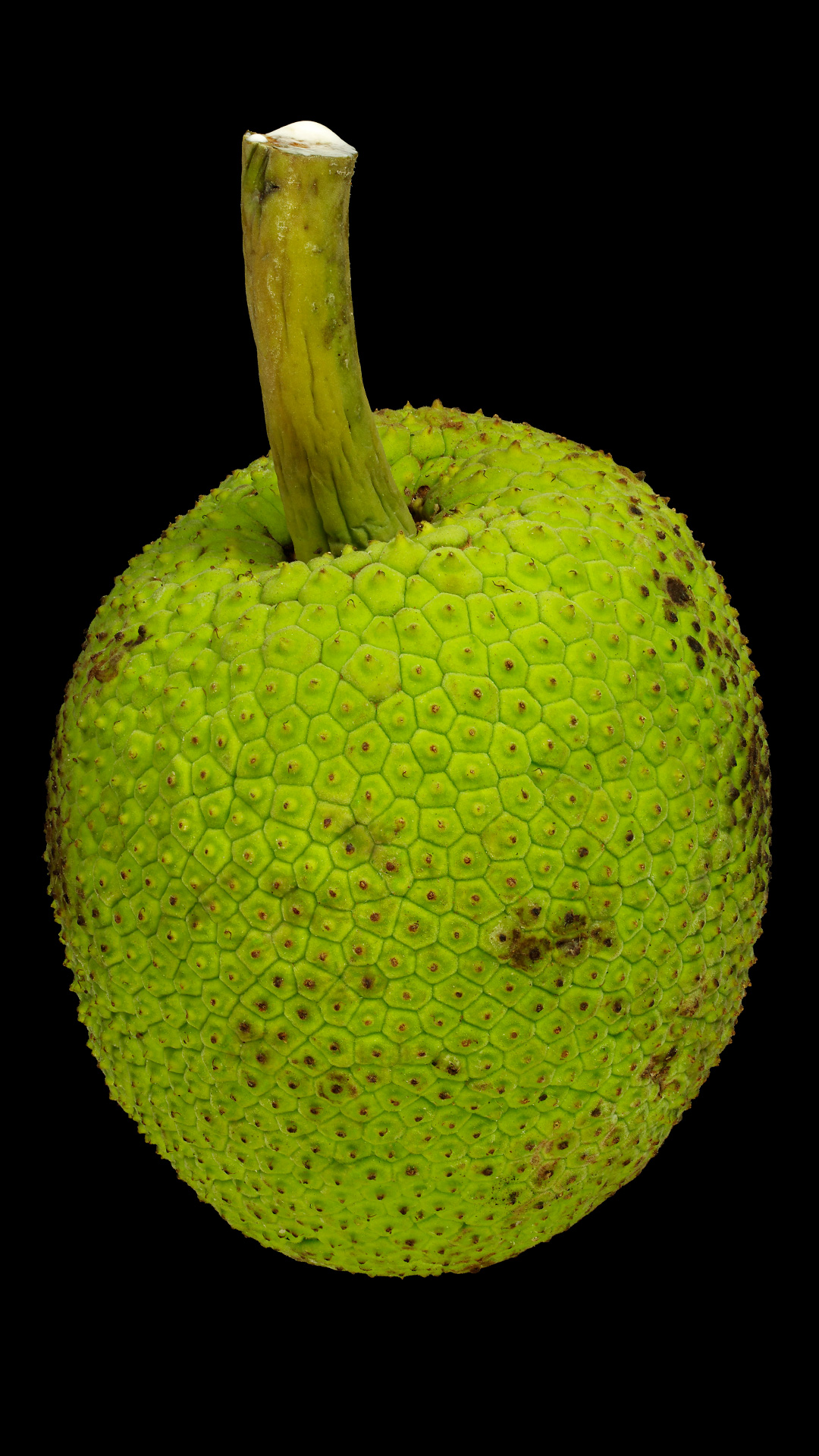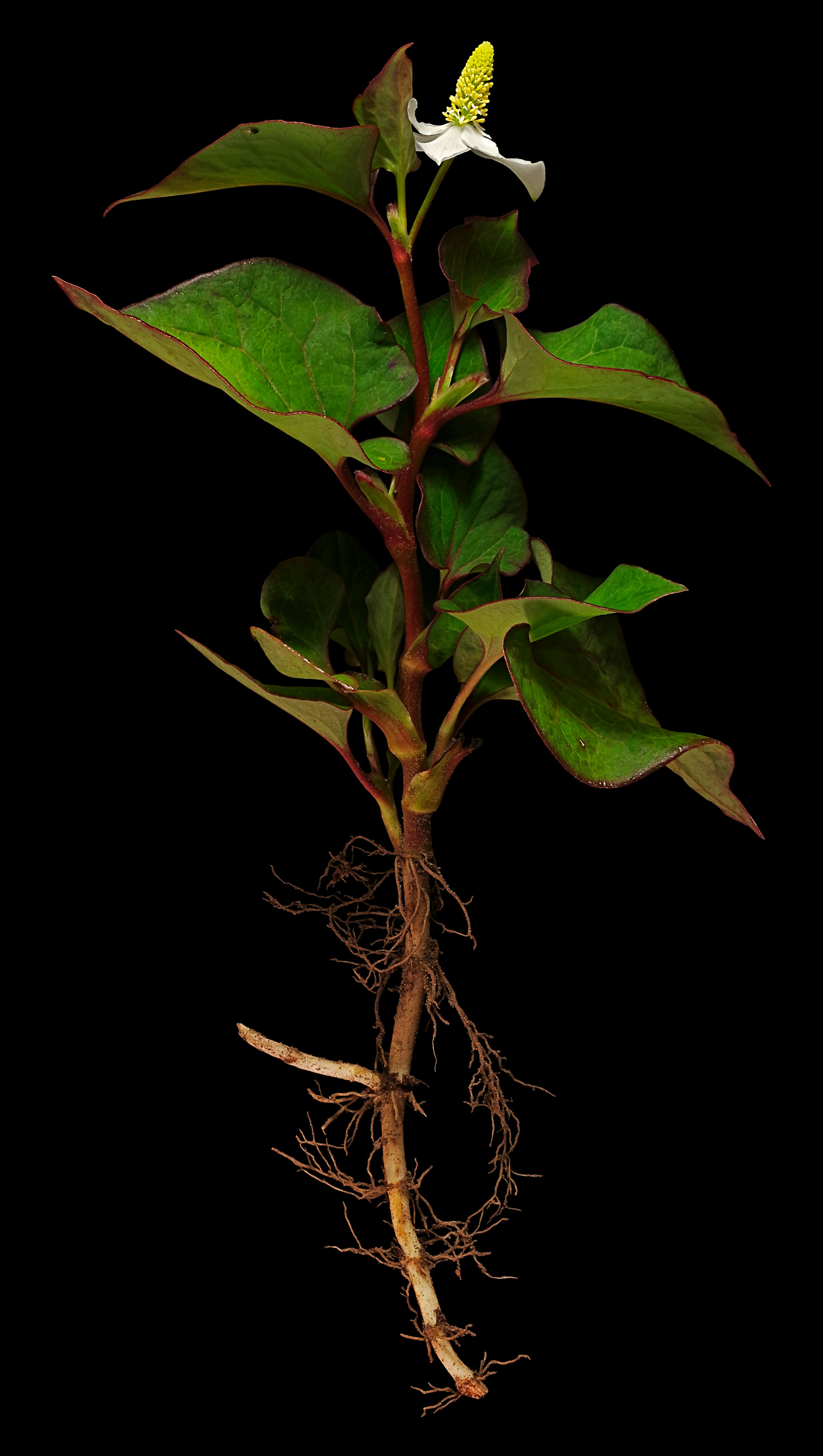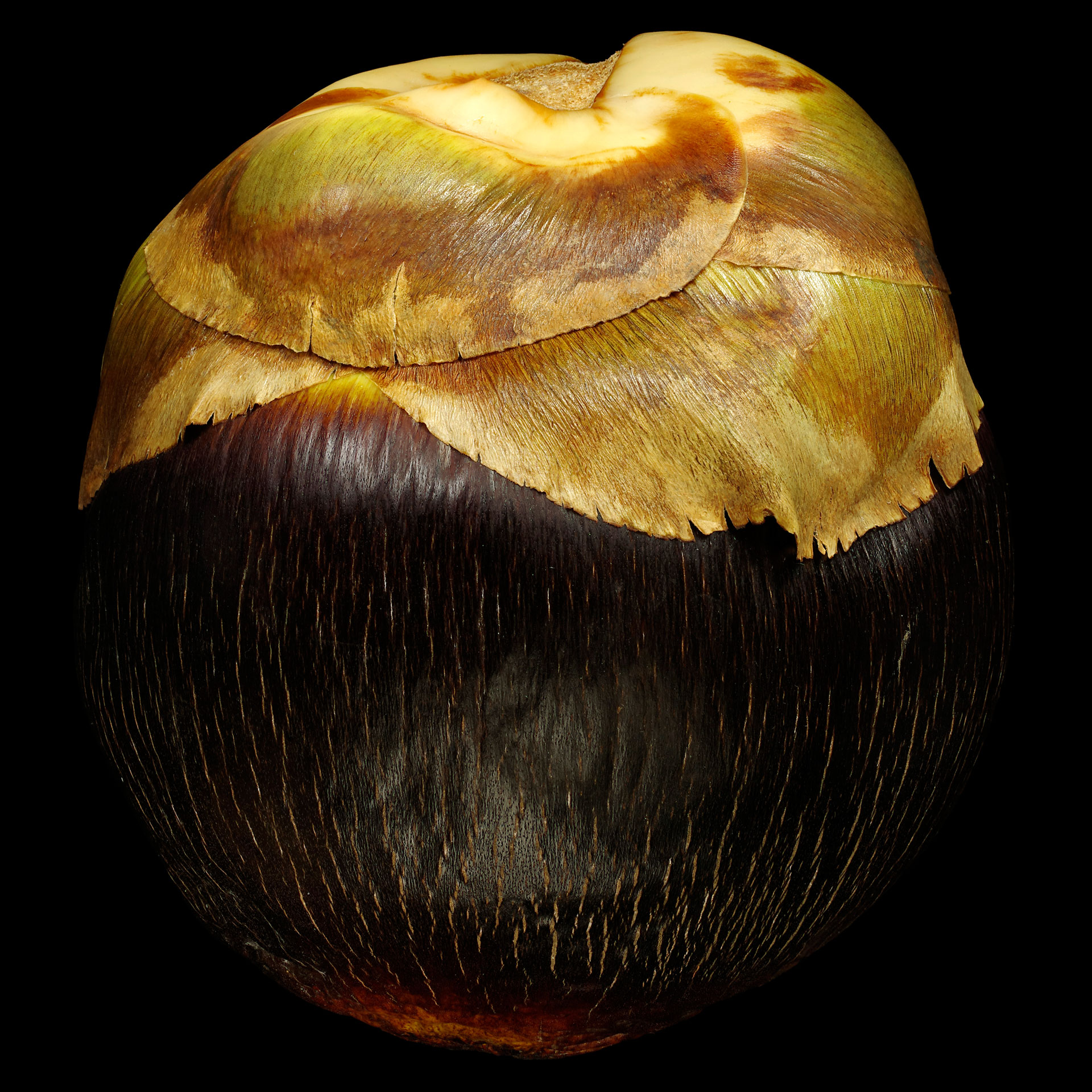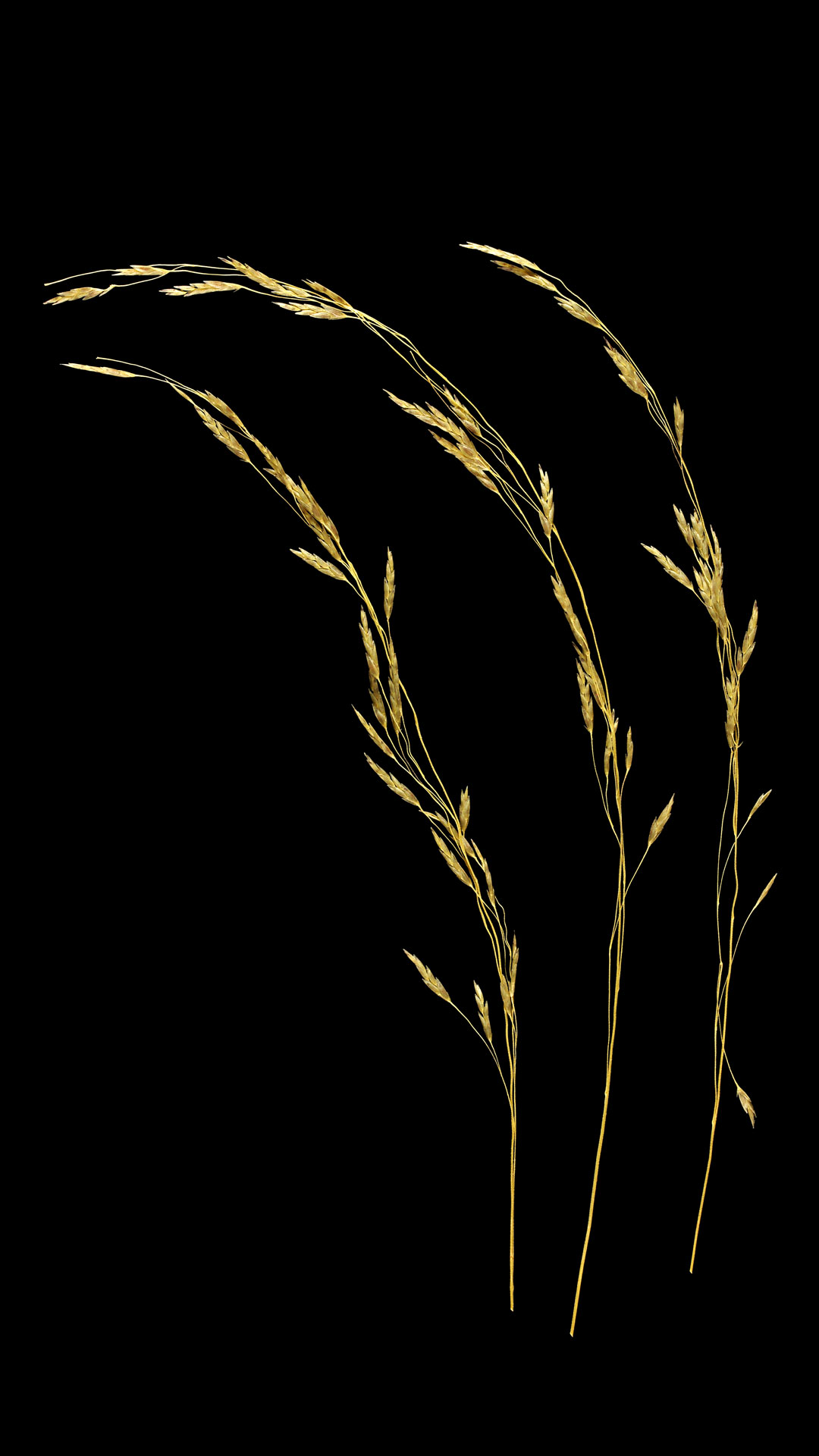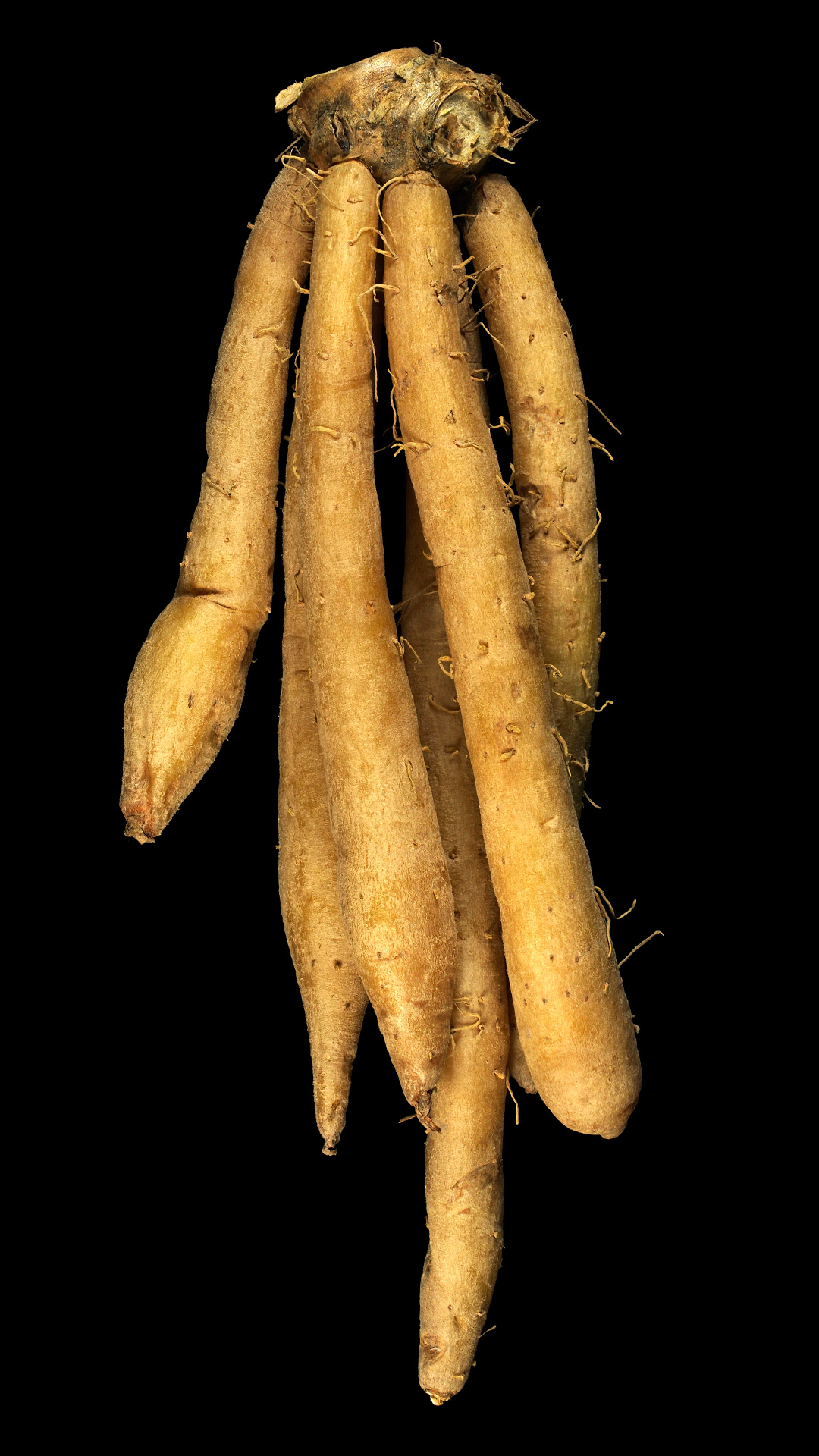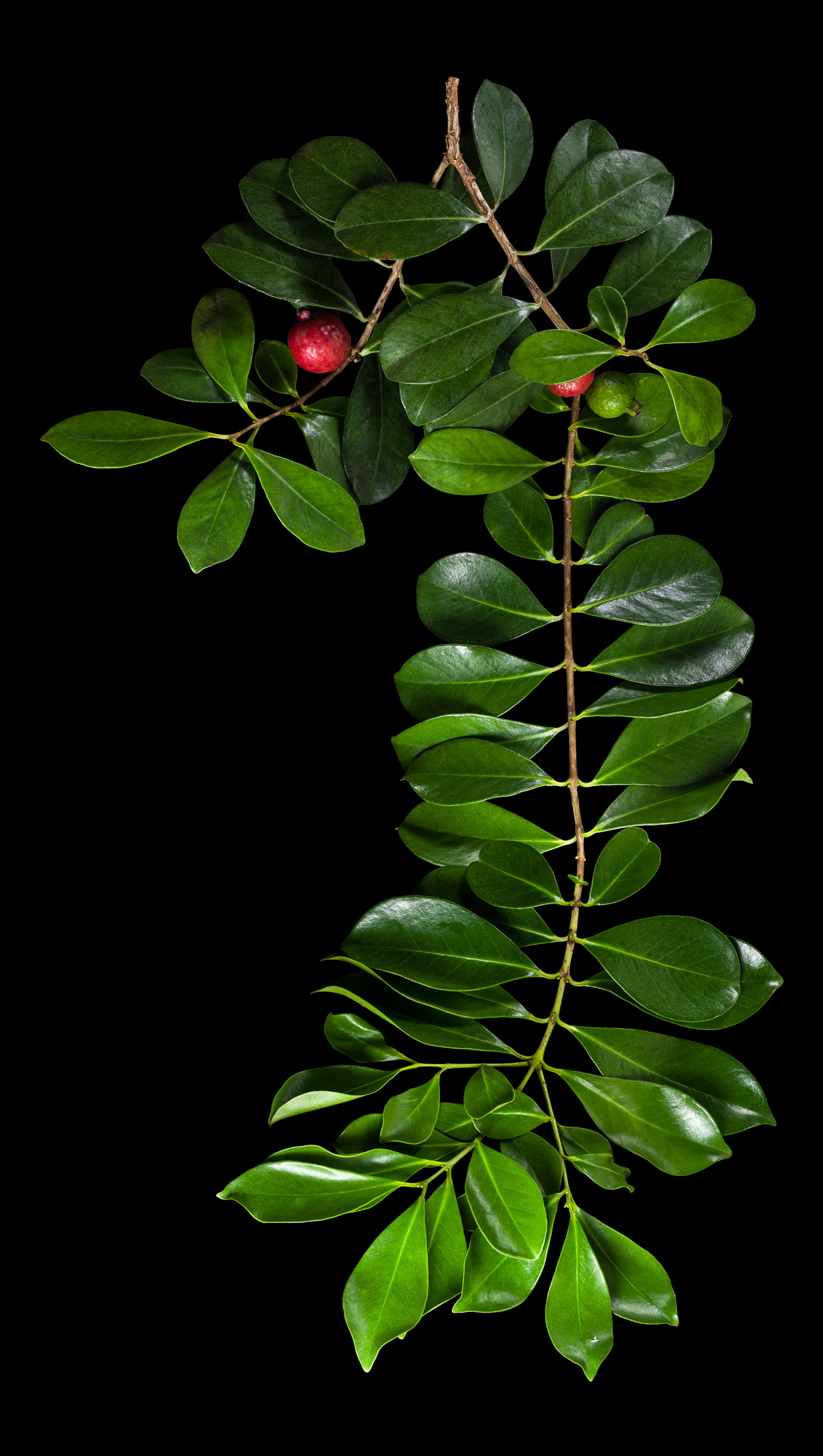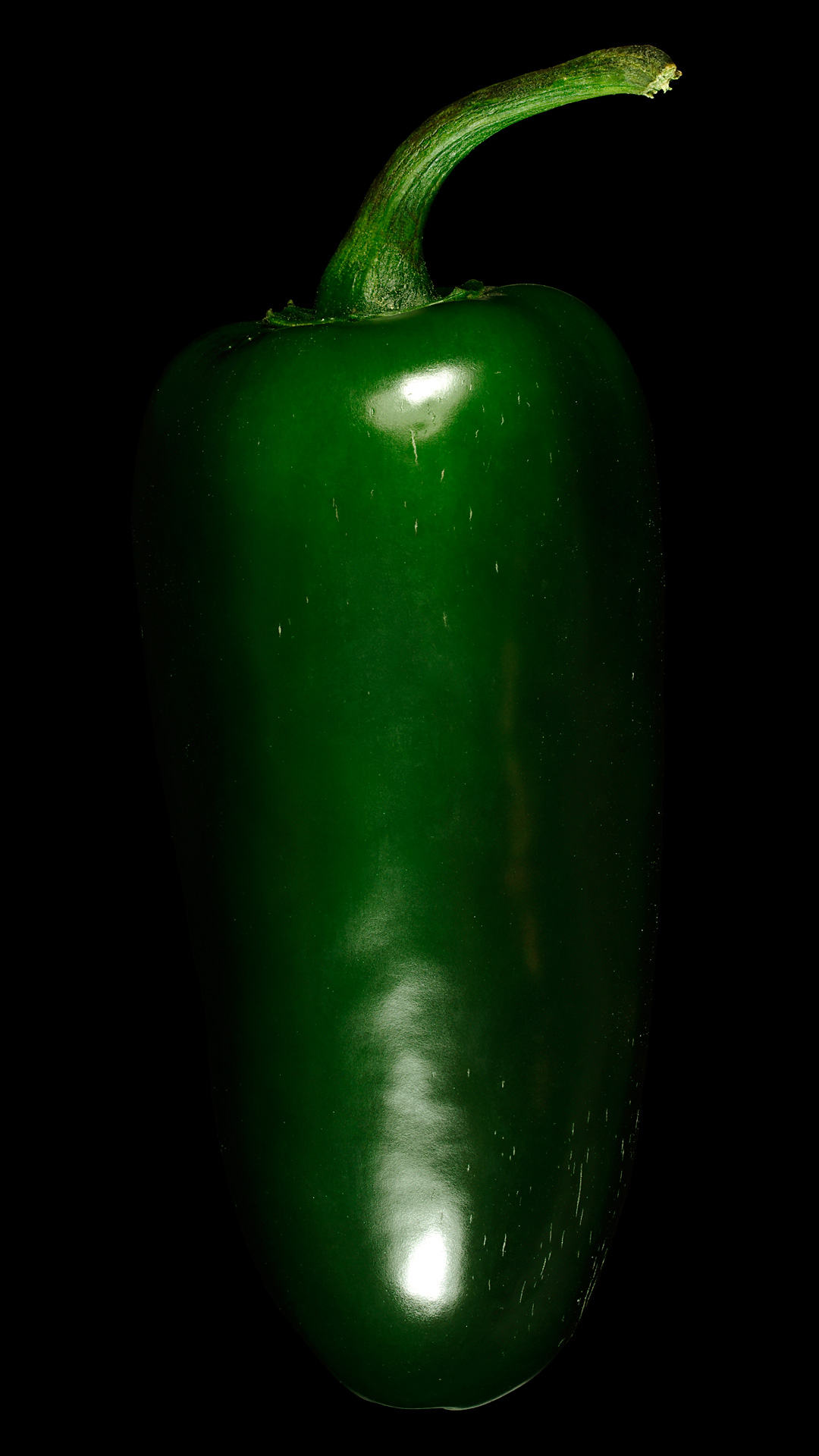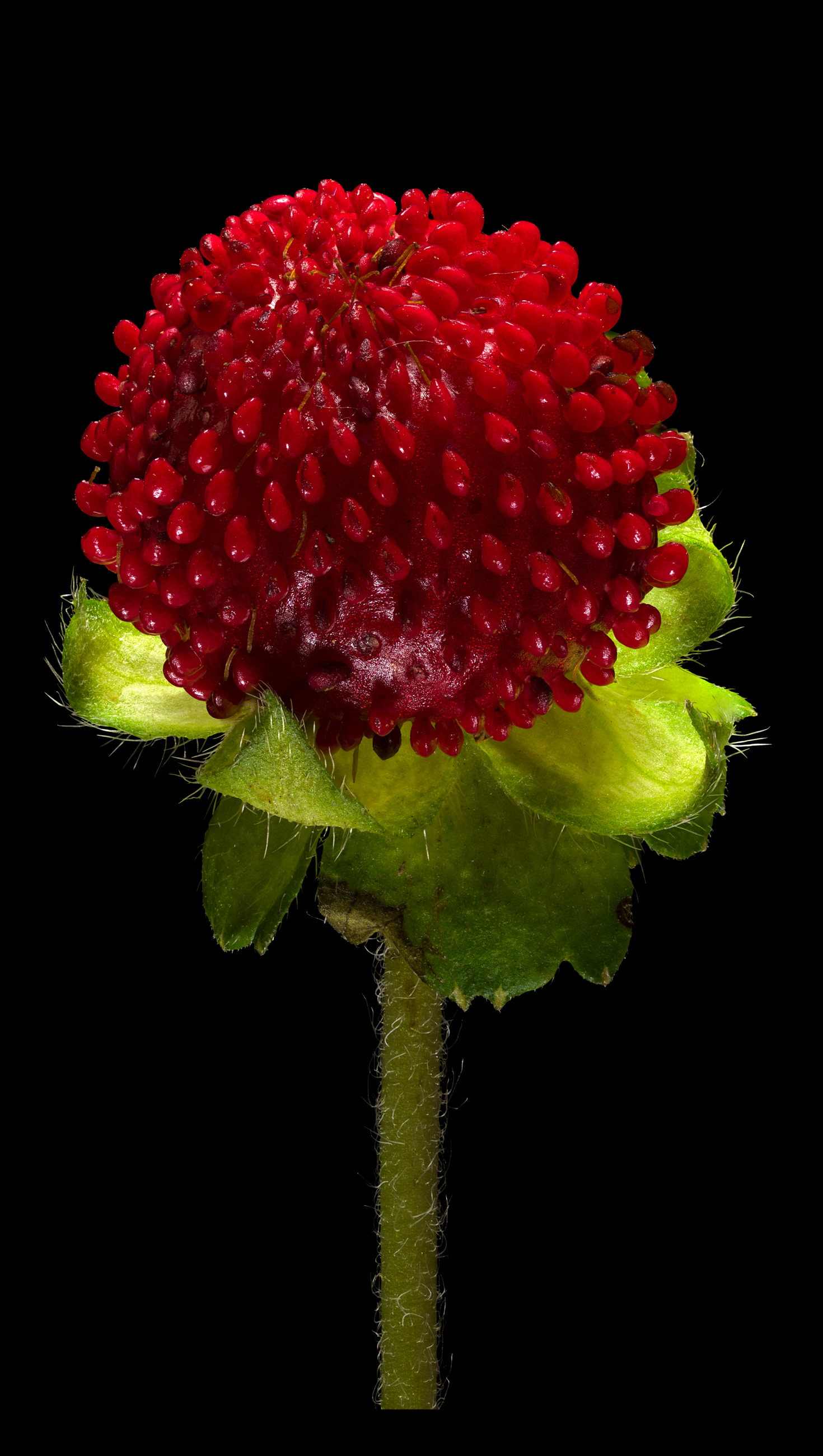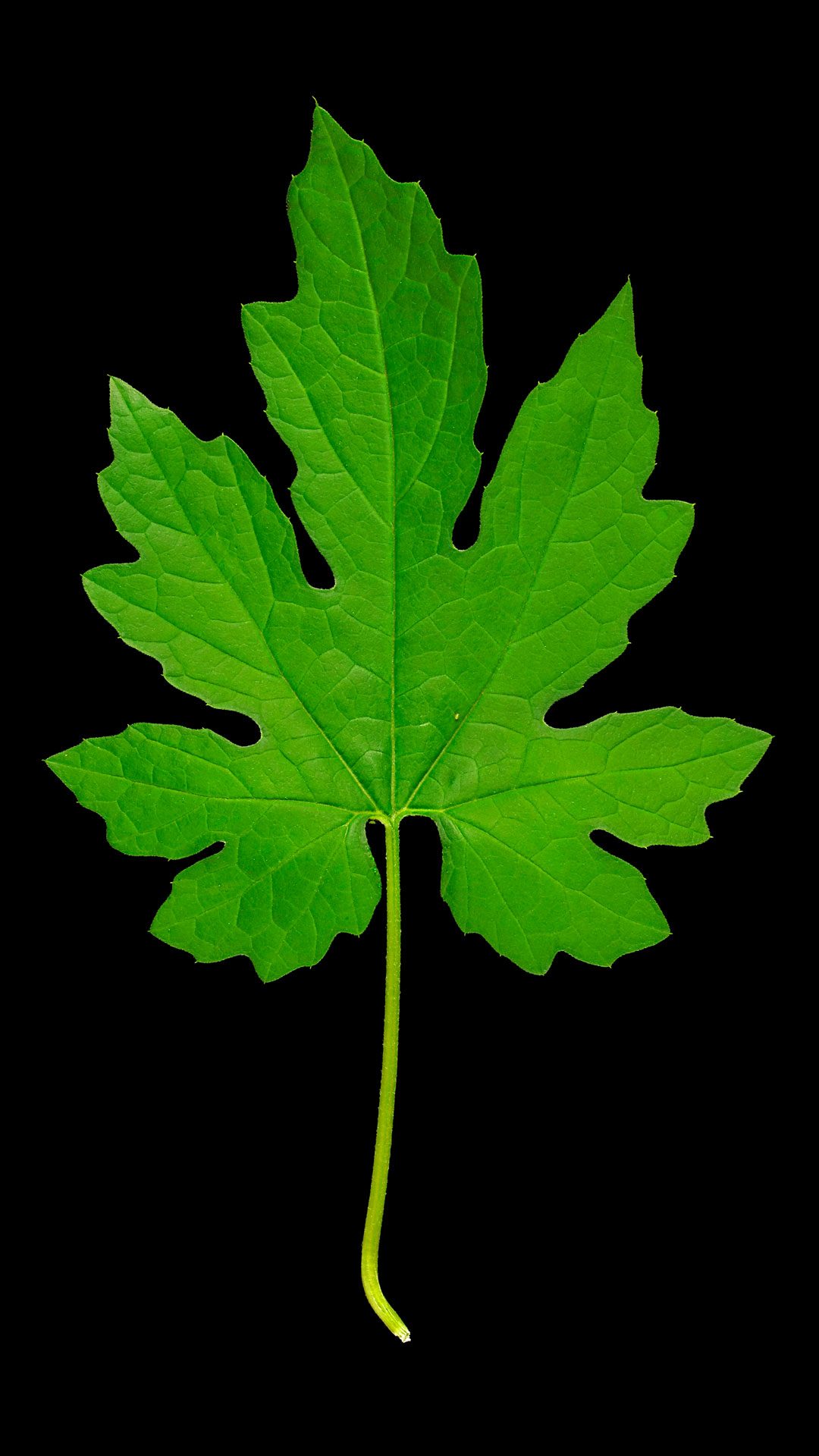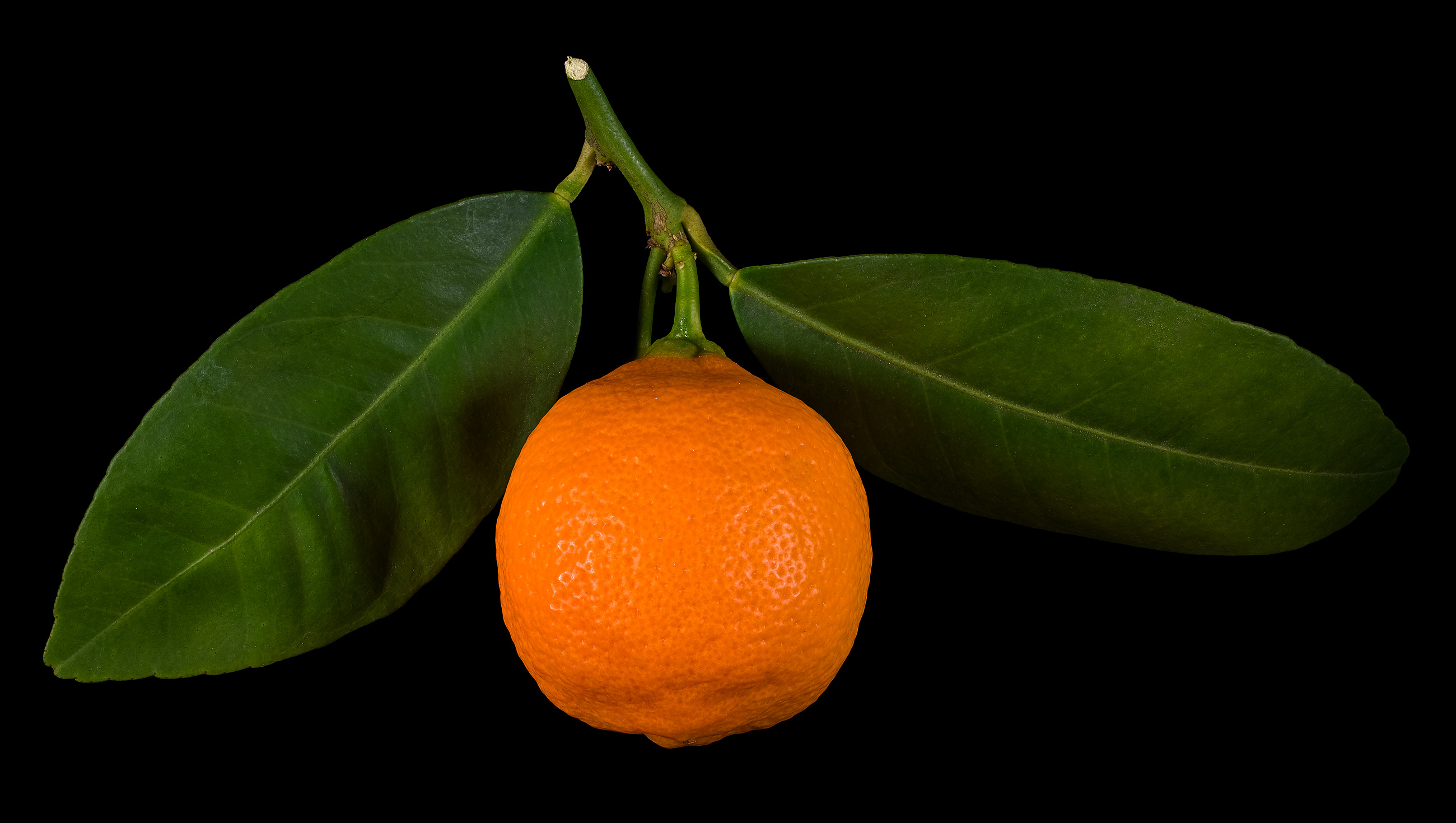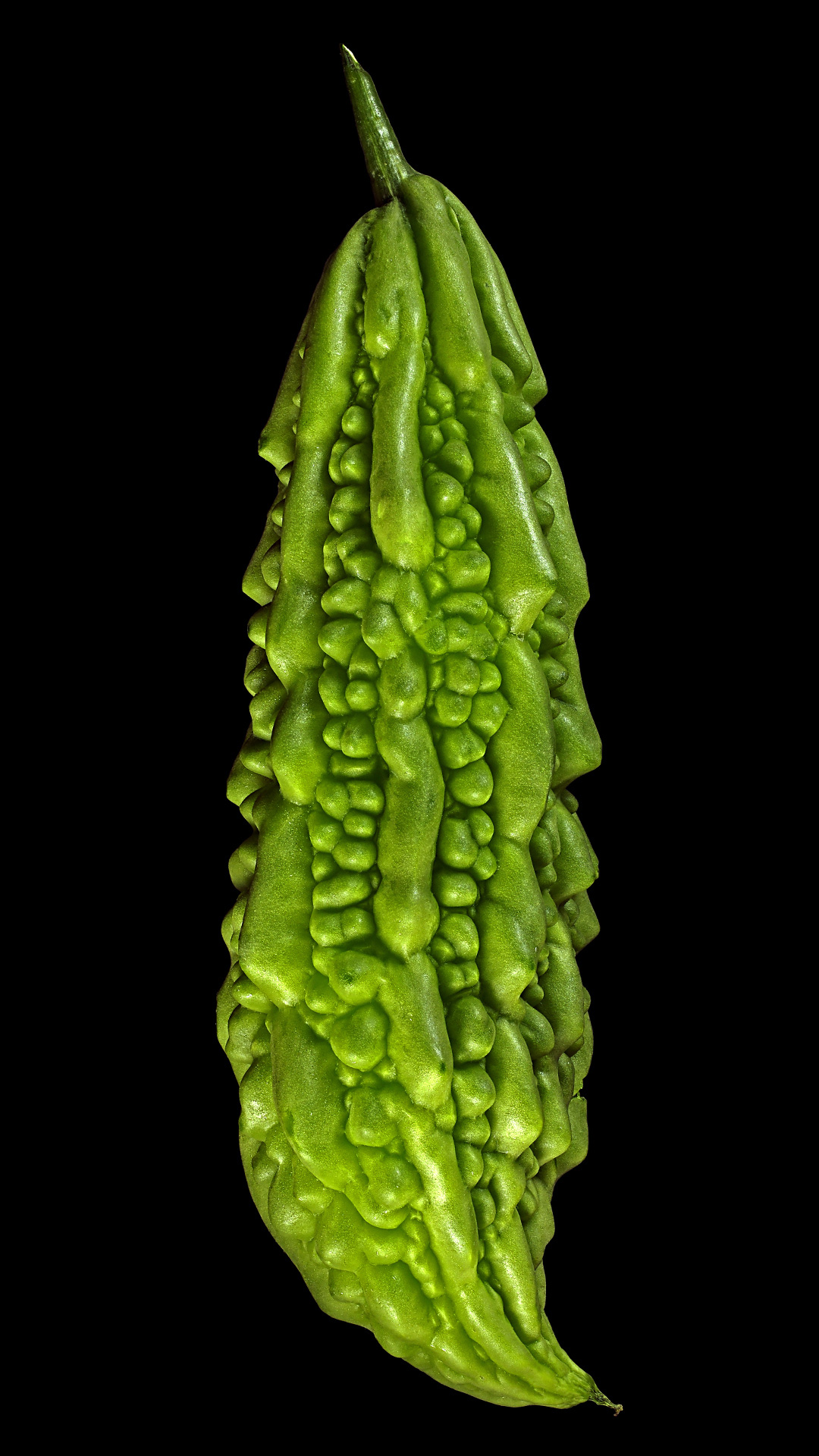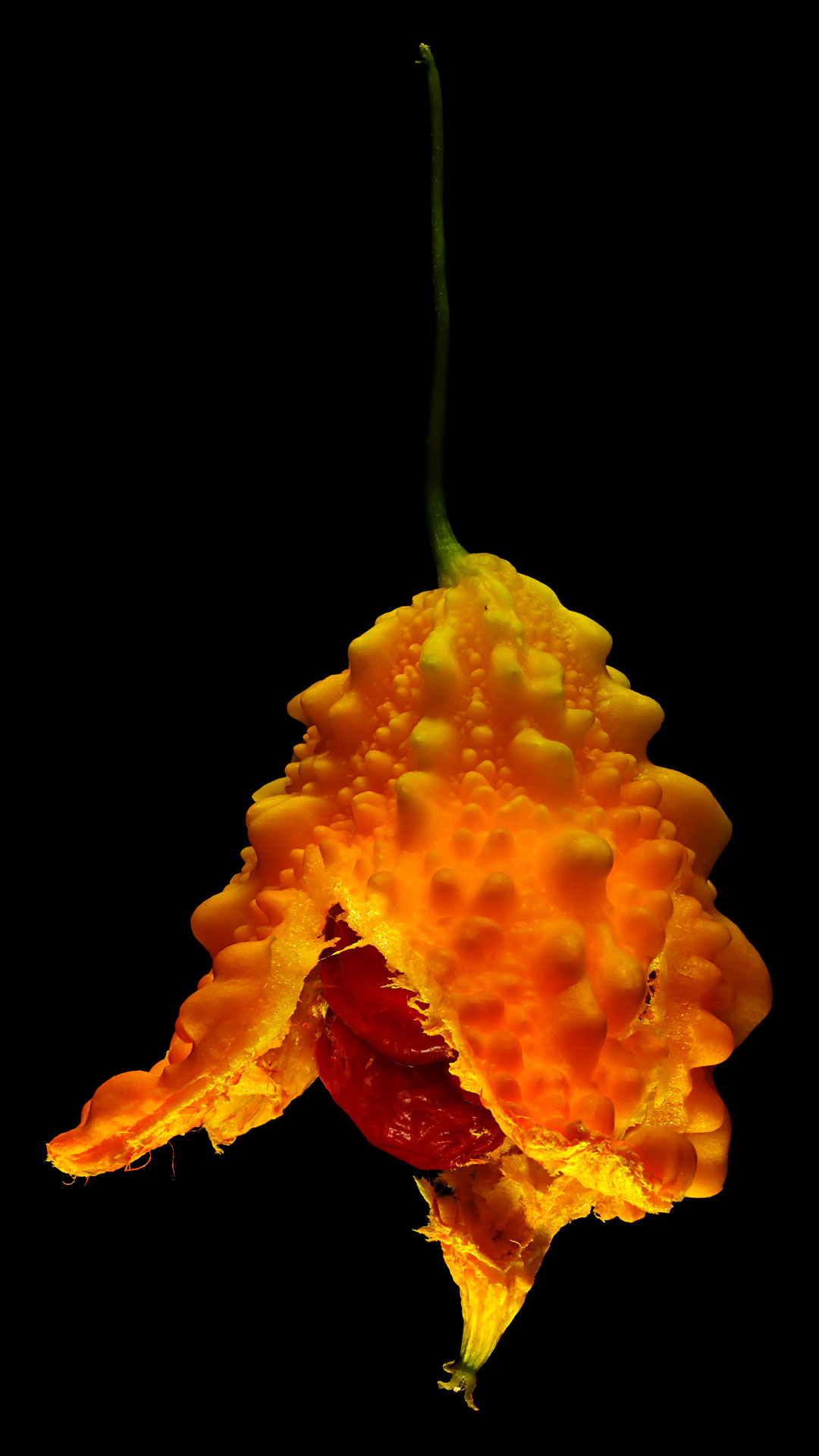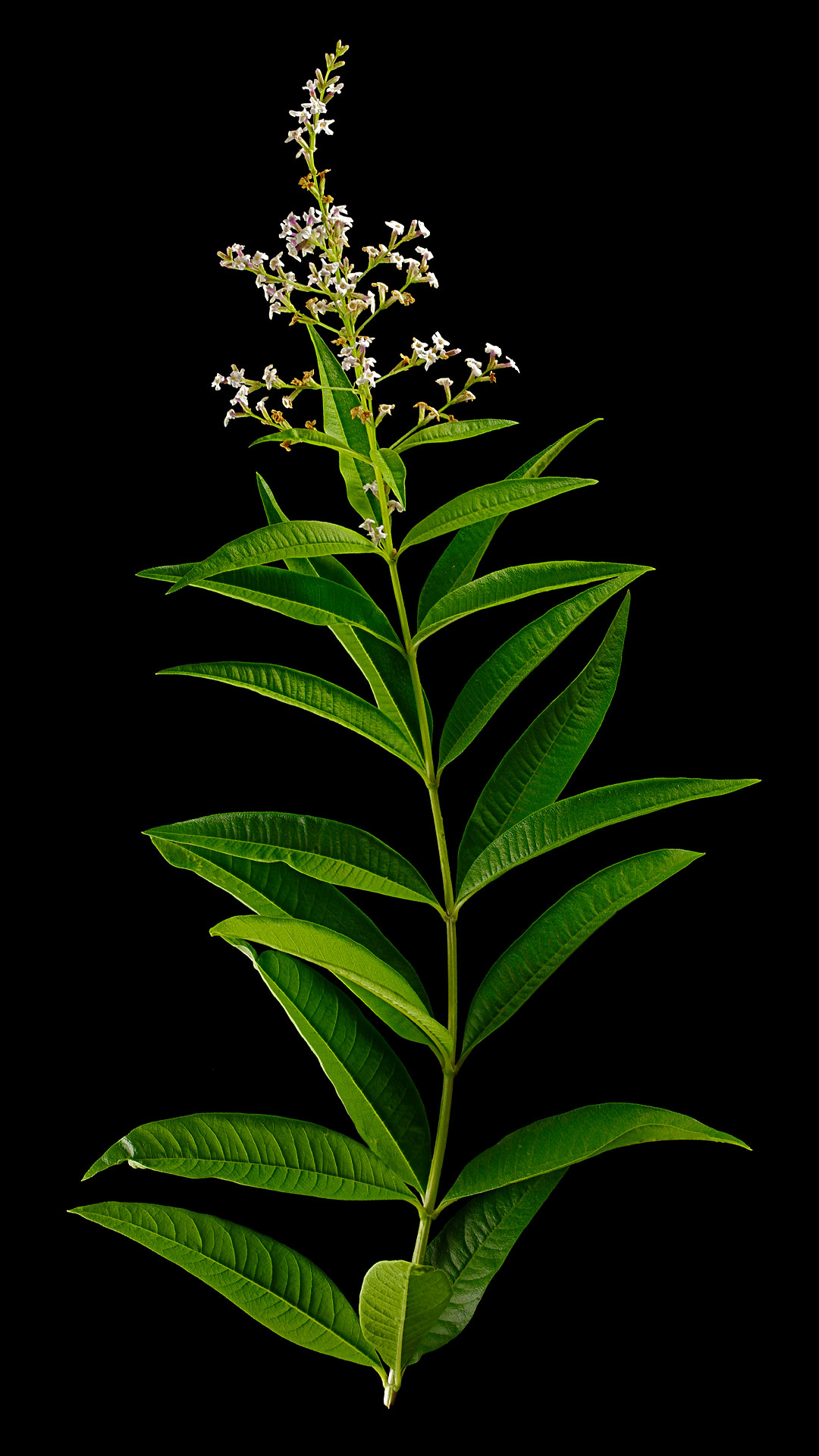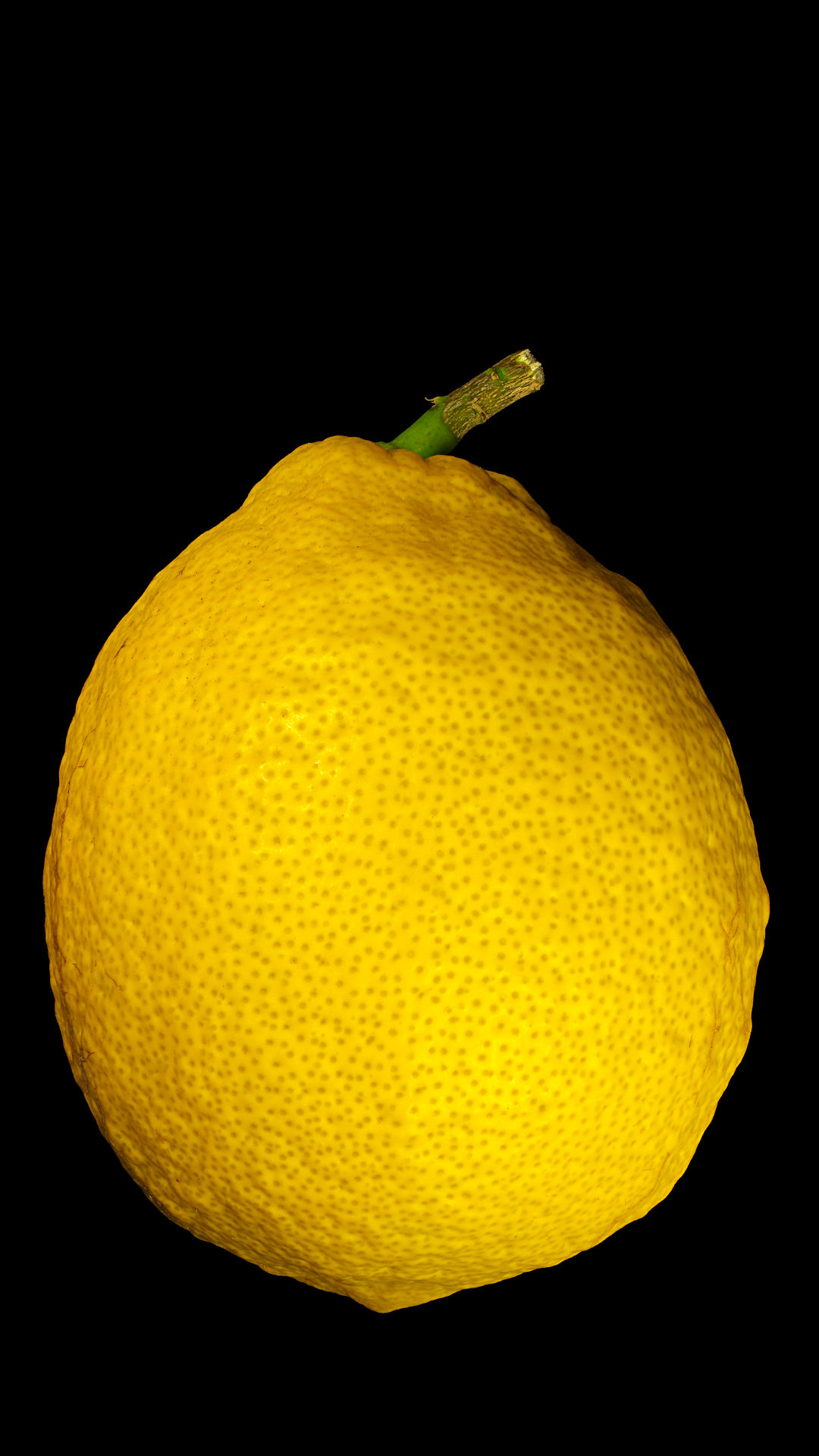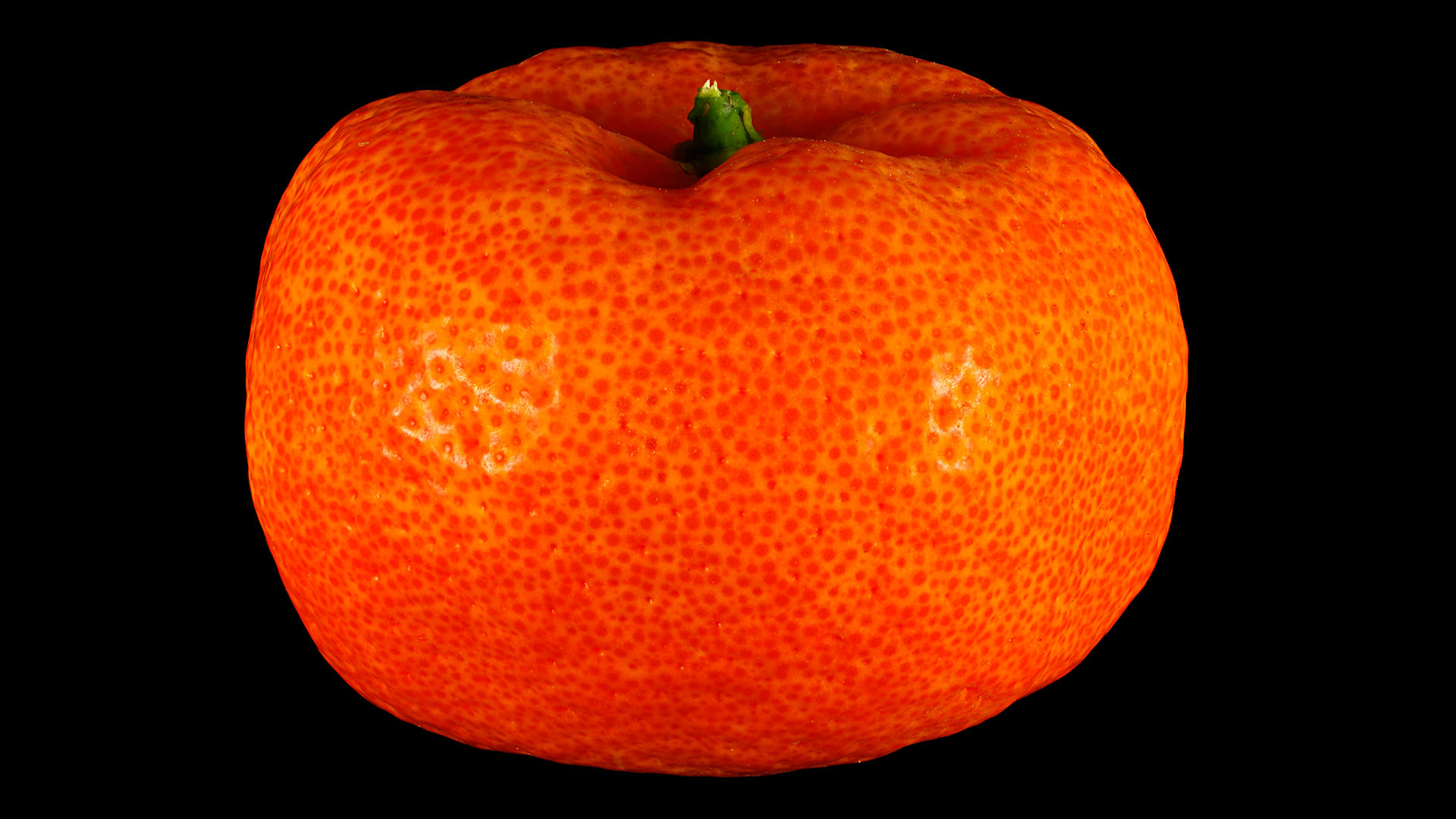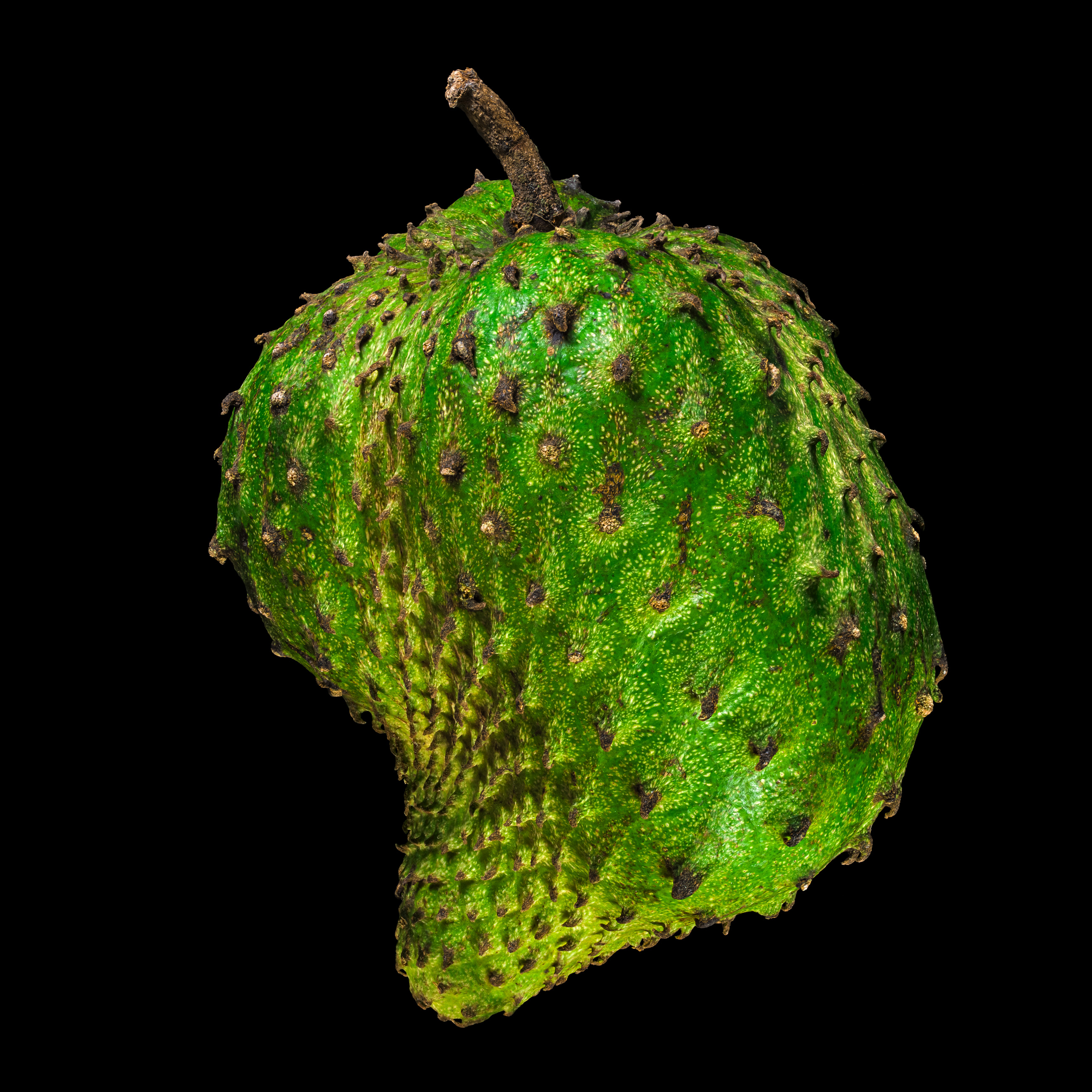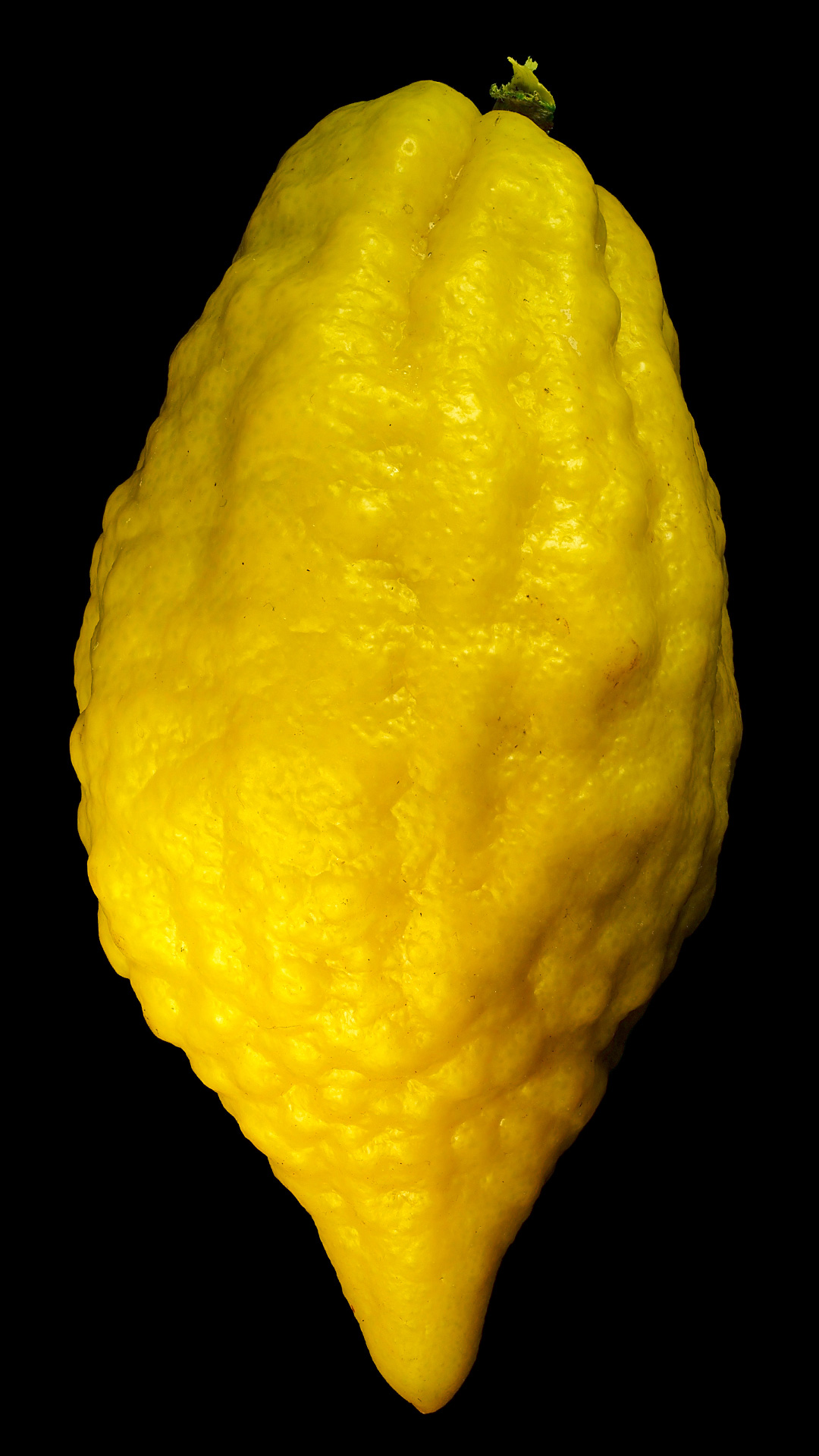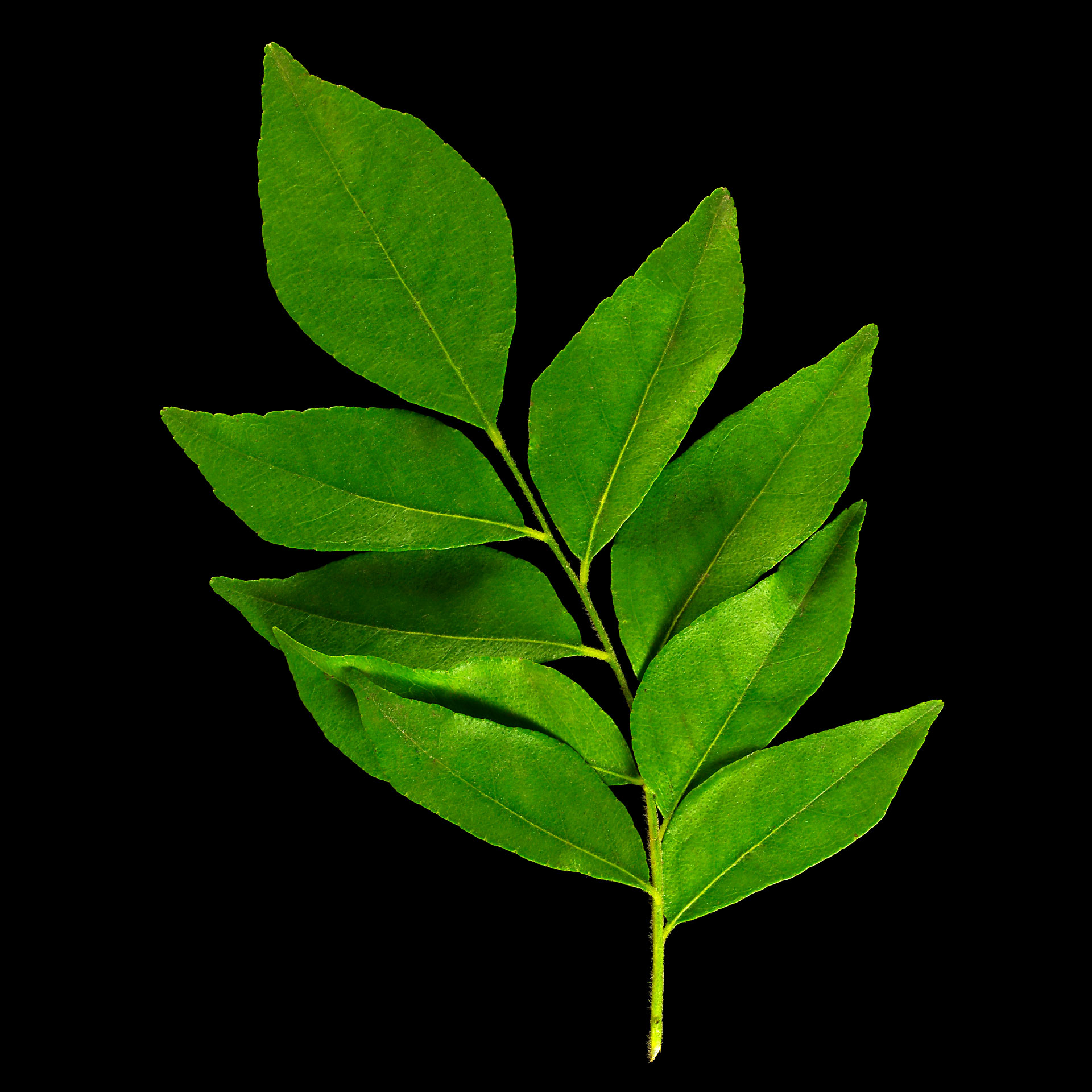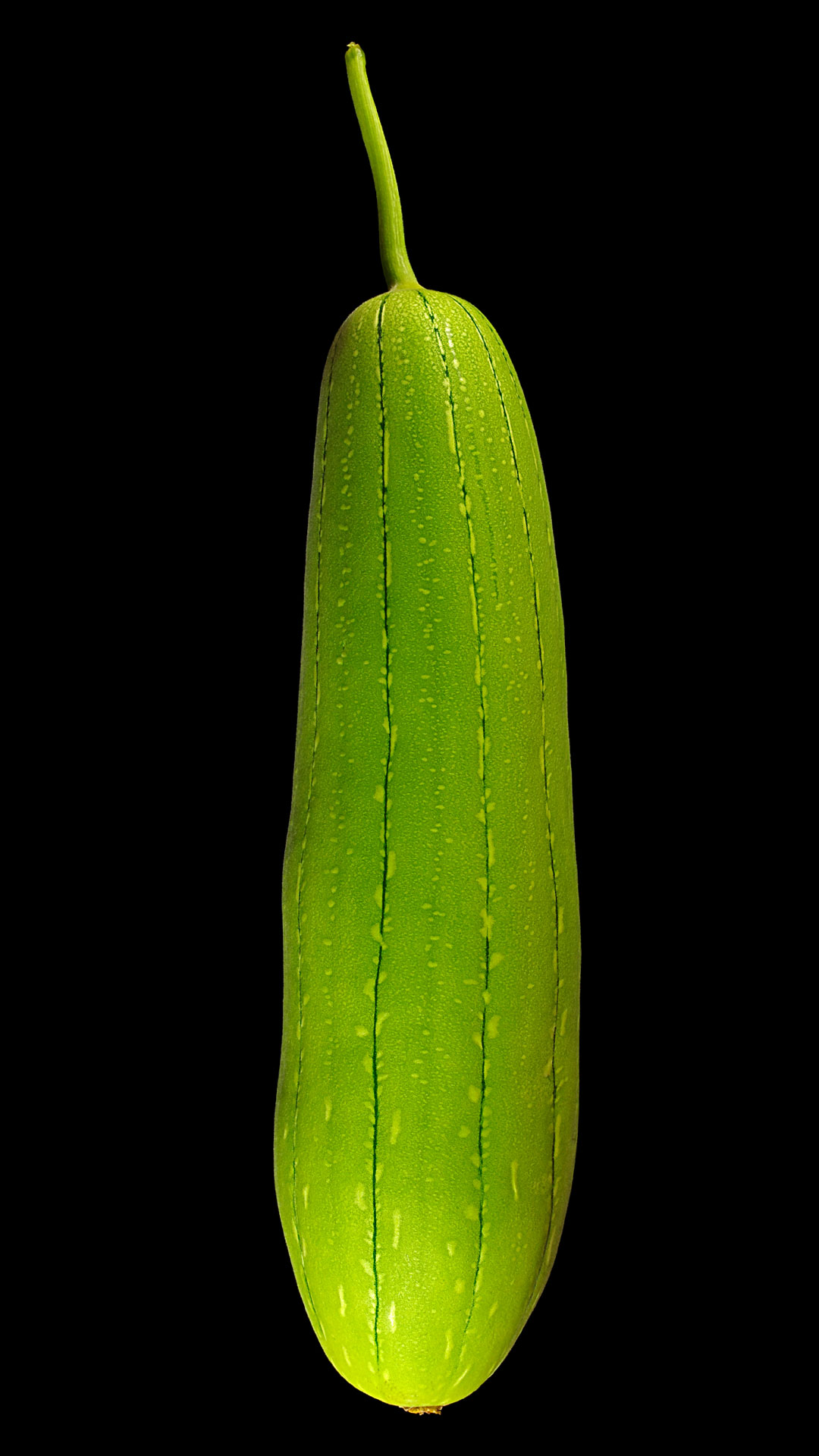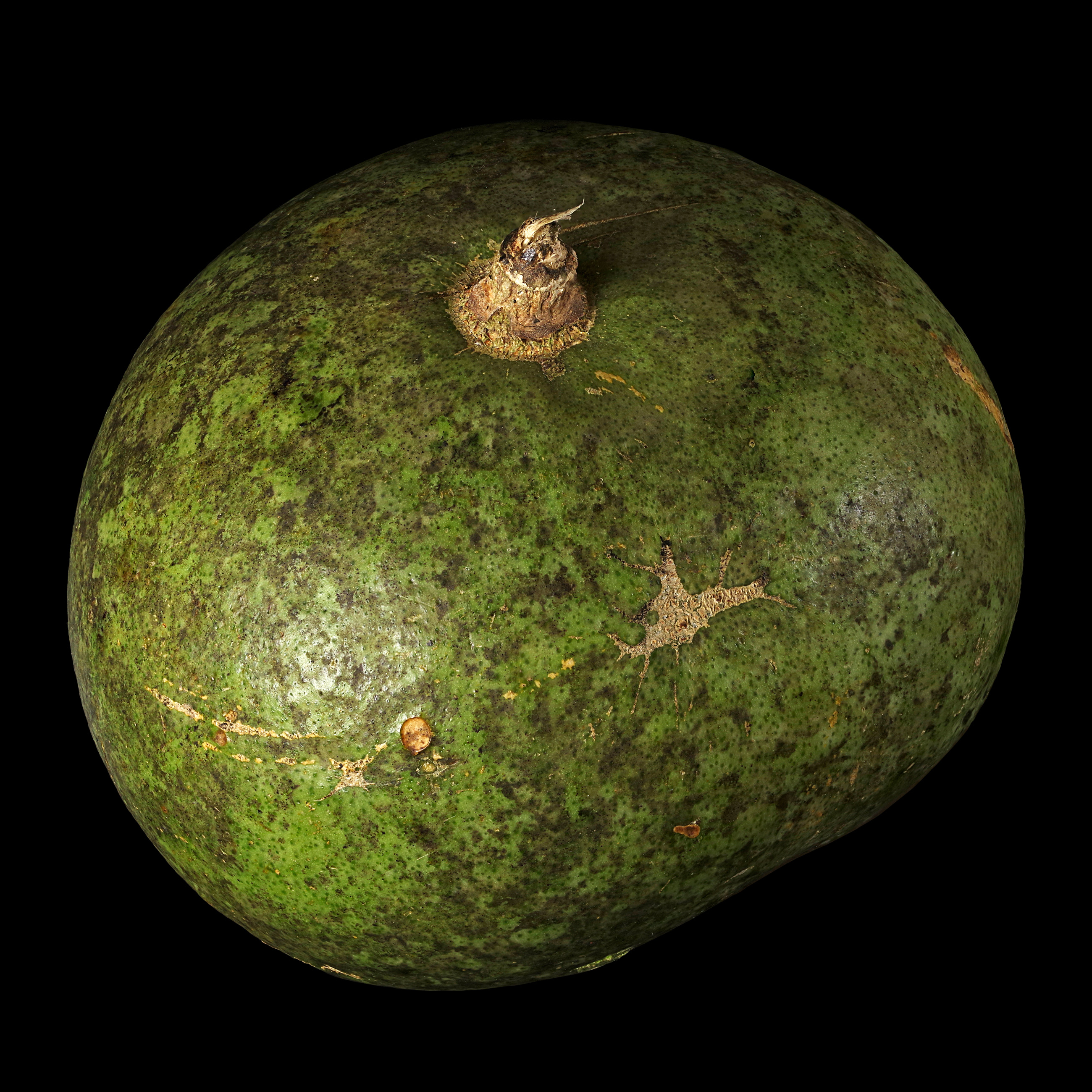Search Results for South-Africa
Like most wild forms, also those of rye are not particularly productive and are rarely or no longer cultivated today in contrast to the cultivated forms.
Sorghum is a staple food in parts of Africa (especially West and East Africa) and India.
The fruits of the natal plum, which are red when ripe, have a creamy, soft consistency and taste sweet.
The numerous, tiny seeds are collected wildly in times of food scarcity, slightly roasted and ground into a flour from which a thin meal soup or porridge can be prepared.
This wild form of african rice is used in times of food scarcity until today and is sometimes even sold as a crop at local markets.
The texture and taste of the tubers are reminiscent of ripe coconuts.
Water chestnuts are usually peeled and then cooked. When cooked, the white tuber tissue retains its crunchy consistency, reminiscent of firm apples.
The tubers of this Yam grow far above the ground in the leaf axils of the liana. Nevertheless, these can be quite large and heavy.
This berry of Harrisia pomanensis is not only visually reminiscent of pitayas, but also in taste and consistency.
This huge citrons have little pulp and a thick peel (the white albedo), which is usually candied and added as “succade” to pastry.
The horned cucumber or african horned melon is indeed related to cucumbers and melons. The green jelly inside tastes like a mixture of both, it is a bit sweet and has little acidity.
The ripe seeds of the okra or okro can be roasted and nibbled or used as a coffee substitute.
Just like fruits, such arilli can be very fleshy and taste sweet.
Welwitschia is not a real food plant, but in emergency situations (getting lost in the Namib desert) the core in the flower axis can be eaten raw or roasted.
The deep red colour of the Red Velvet Okras gets lost during cooking, the fruits turn as green as ordinary okra pods when heated.
All parts of the tree smell of garlic and are used locally as a spice. Leaves are cooked as vegetables.
Brown gram: Vigna mungo (seeds) Used since ancient times The small, dark Brown Grams have been cultivated in India for 3000 to 4000 years. They are cooked in a whole, halved (separate cotyledons) or sprouted. Dried and processed into flour,
As soon as the small fruits of pheasant berry are ripe and therefore dark brown and soft, they taste intensely like slightly burnt (bitter) caramel.
In addition to the small, dark black grams, the immature, green pods are also edible as fruit vegetables.
The soft, juicy pulp tastes aromatic of fir, it is tart and resinous, yet very sweet.
This red-fleshy variety with the reddish peel is very delicious!
Under the light green skin of these large, still immature fruits is a white, firm fruit flesh, whose sticky latex quickly turns yellow.
The pitaya is best eaten fresh and raw. I like to spoon out the white, sweet fruit pulp from the halved fruit.
The plant with the beautiful name “fish mint” has a quite unique, strong taste, which certainly not everyone likes.
I have only tried the approximately walnut-sized kernels, of which there are usually 3 to 4 in a fruit. They contain a lot of water and have a subtle, coconut-like, sweet taste.
Although the seeds of the hairy love grass produced in panicles are only about 0,5-0.8 mm in size, they are used as cereals.
Krachai is closely related to ginger and shares many of its properties as a spice, so that it can be used wherever ginger is needed.
Cattley guava has spherical, red berries that can be eaten fresh or processed into juice, jam and sorbet.
It is cut into small pieces for seasoning, especially for salsas.
The strawberries-like red fruits are edible, but taste dull and watery.
Mainly, the bizarre fruits of the bitter melon are used, but the leaves are also edible…
The cultivar ‘Santa Barbara’ is orange in colour and has a perfume-like aroma and a slightly soapy taste.
Boiled, fried or filled and baked, the immature fruits are very appreciated because of their bitterness.
The red tissue, which encloses the poisonous seeds, tastes very sweet.
If the rough leaves are rubbed, an intense, fresh lemon aroma spreads immediately.
The fruits of the scarlet fuchsia are edible, taste sweet and a little pungent.
For lemonade, jam, sorbet, in dressings and as a spicy, souring ingredient in spicy as sweet dishes.
The abundant juice of unripe fruit is used for the production of lemonades or fruit juices.
The soursop is very similar to the cherimoya which is related to it, but it is even more sensitive to pressure and therefore rarely found on the market.
The huge citrons have little fruit pulp and a thick peel (the white albedo), which is usually candied and added to bakery for seasoning.
The leaves of the curry tree have a “heavy” aroma, which gives vegetable dishes more substance.
If the sponge gourd, which is also called vietnamese luffa, is still immature, its net-like tissue is not yet lignified and therefore soft and edible.
To open this fruit, I needed 2 large knives. A saw would have been better, but I didn’t have it at hand. When I spooned out the fruit, my spoon also broke.



